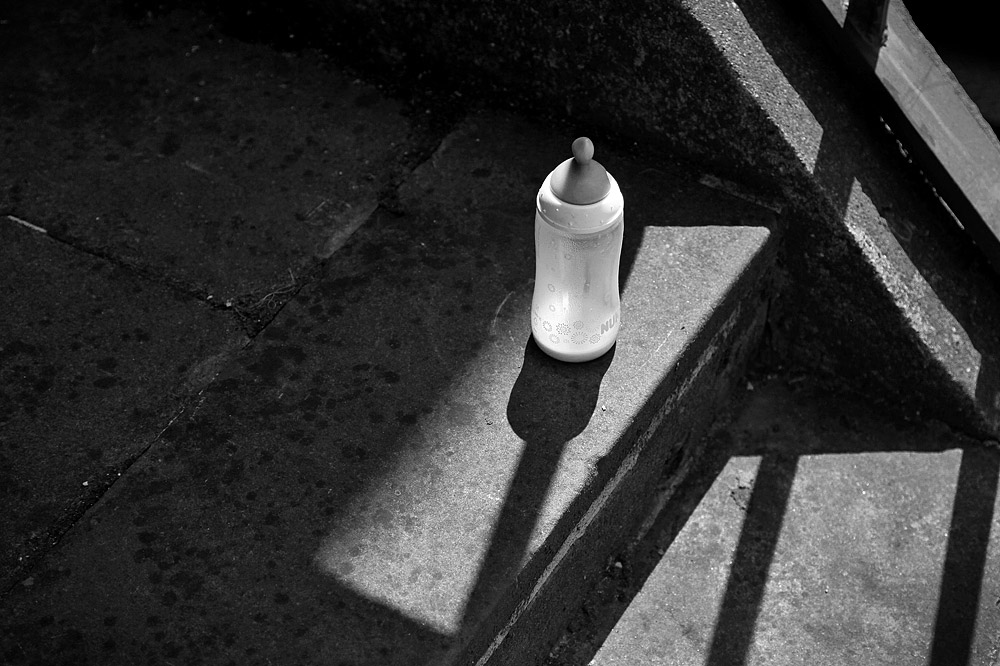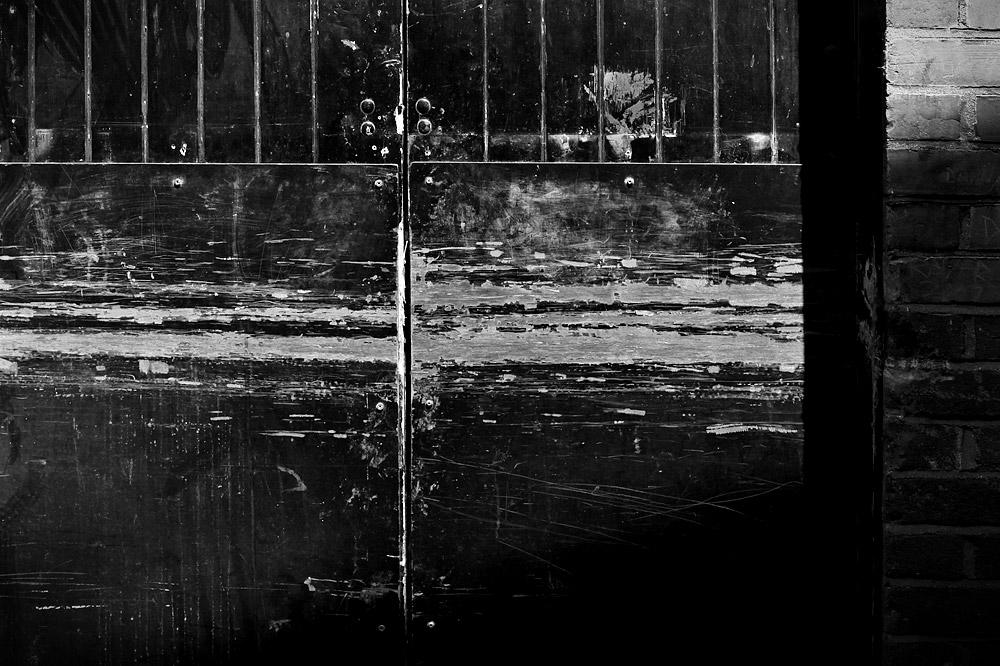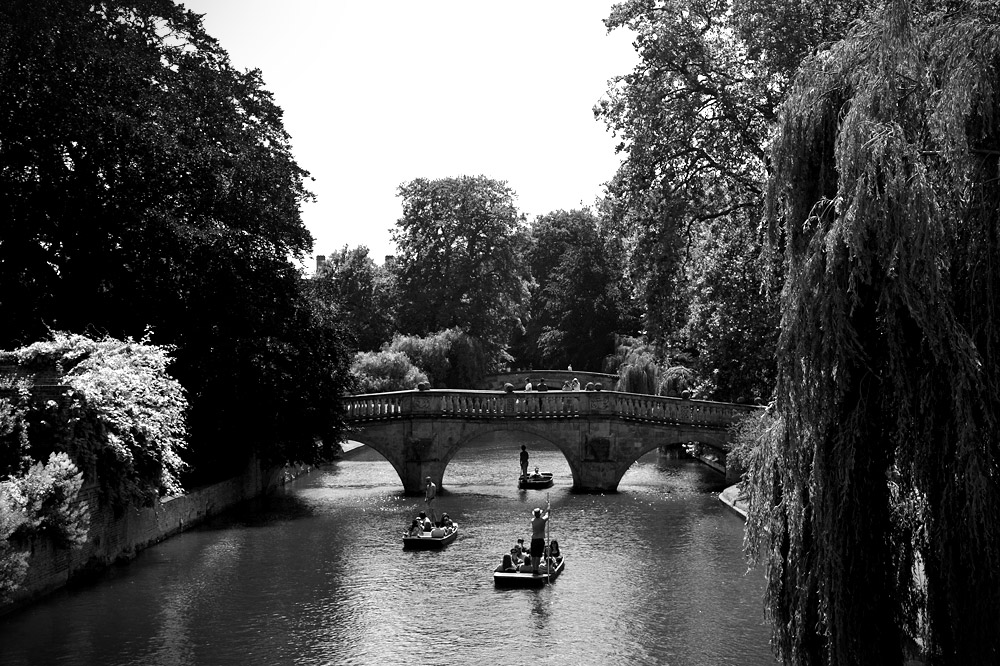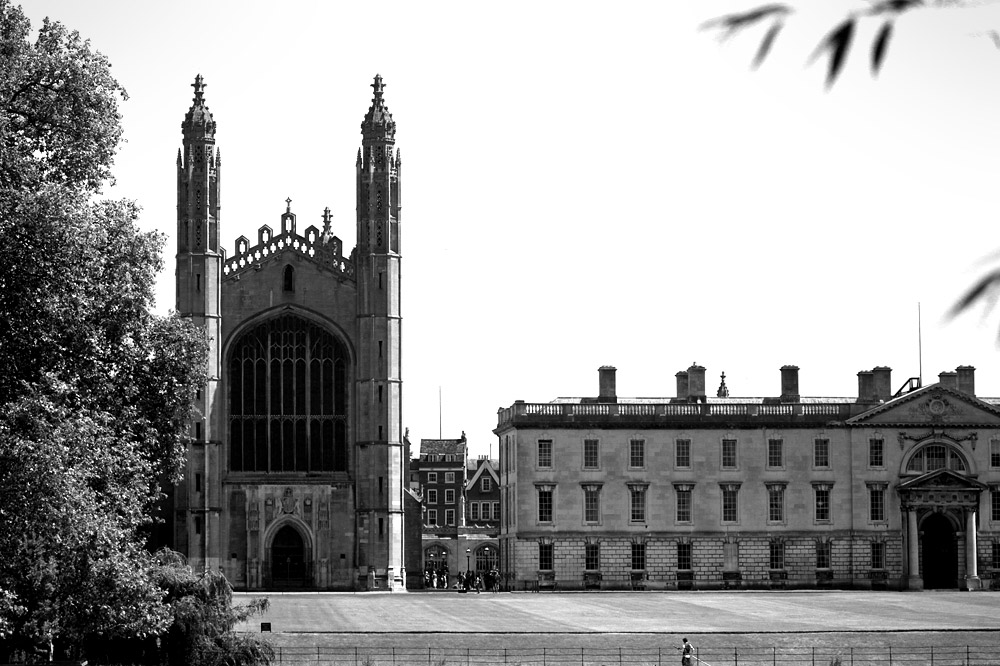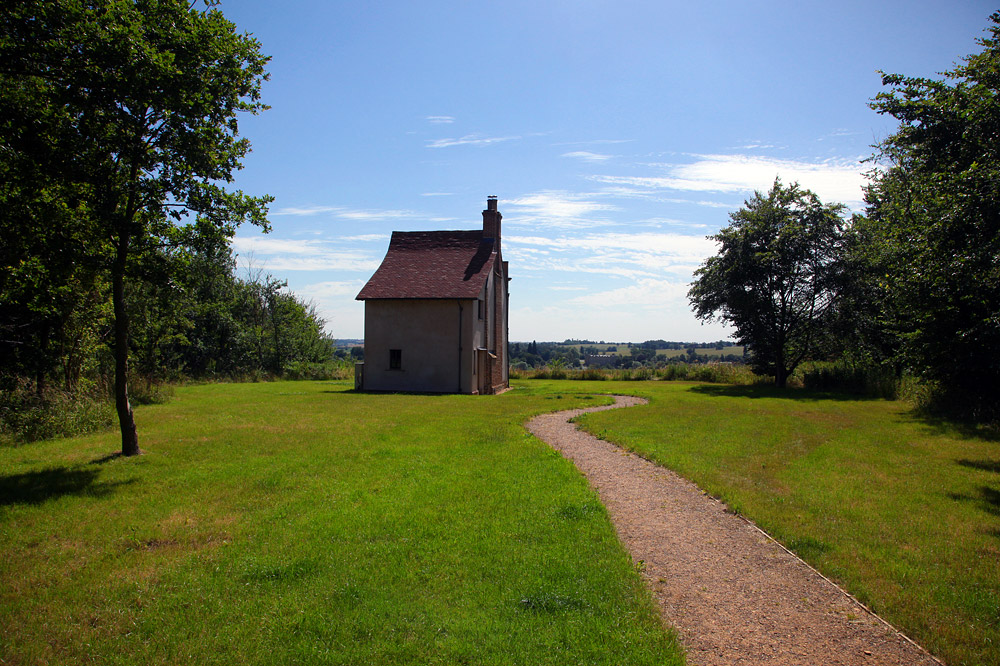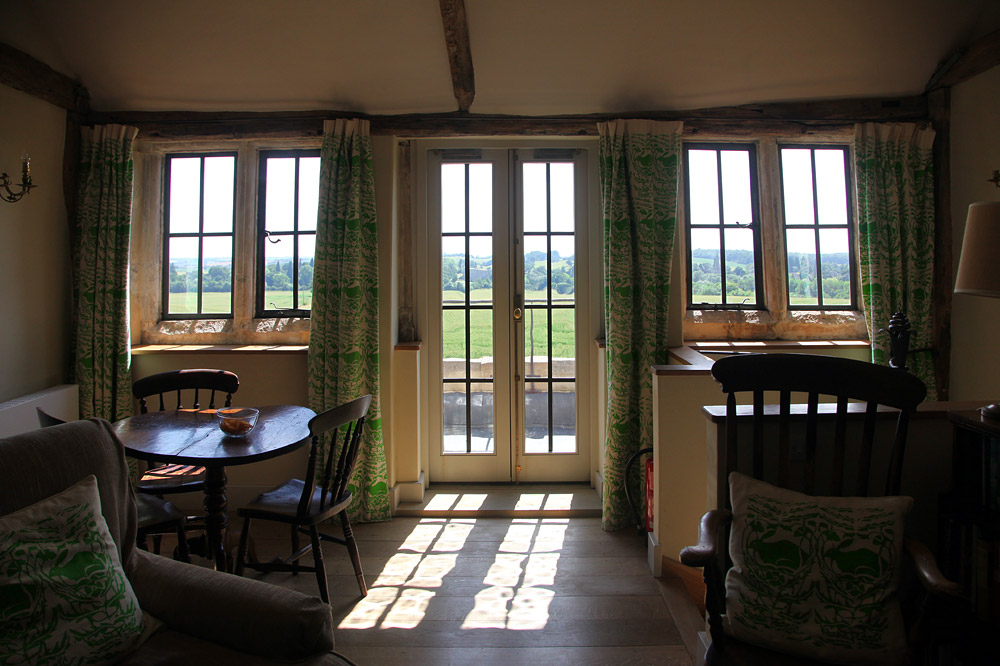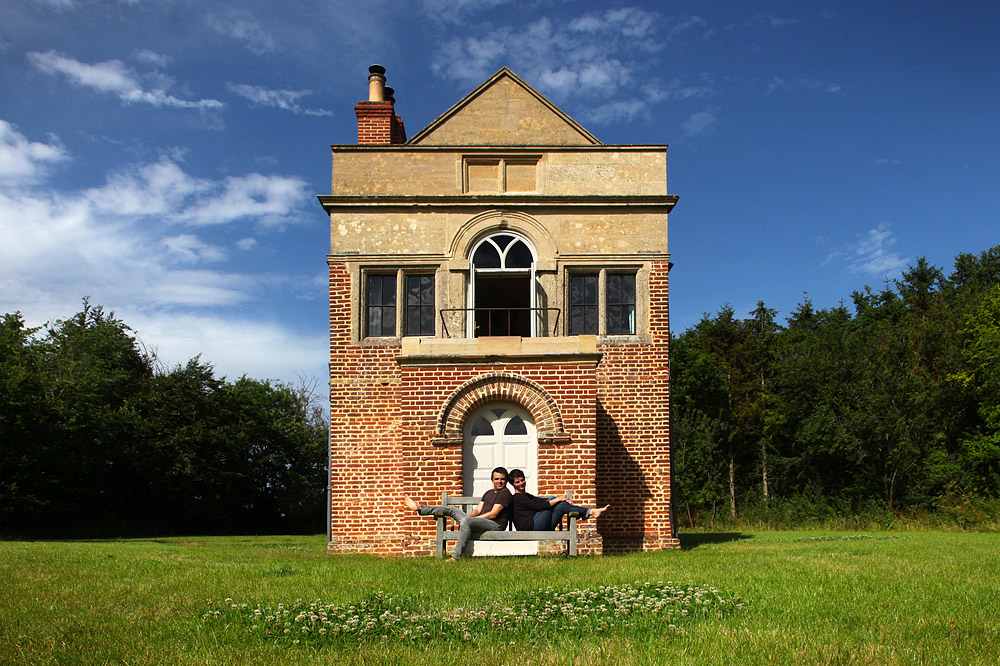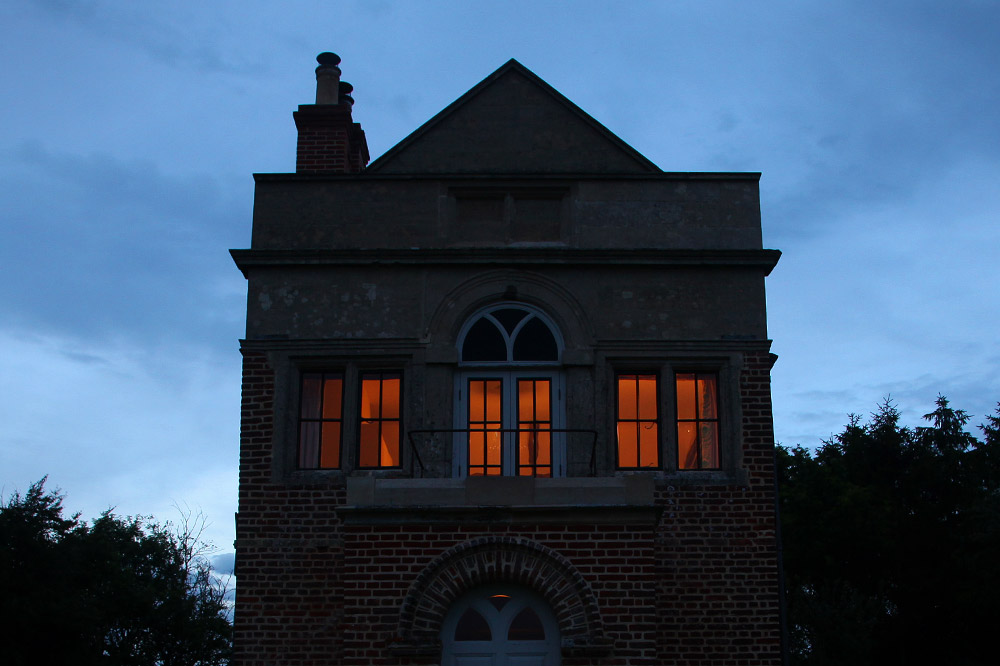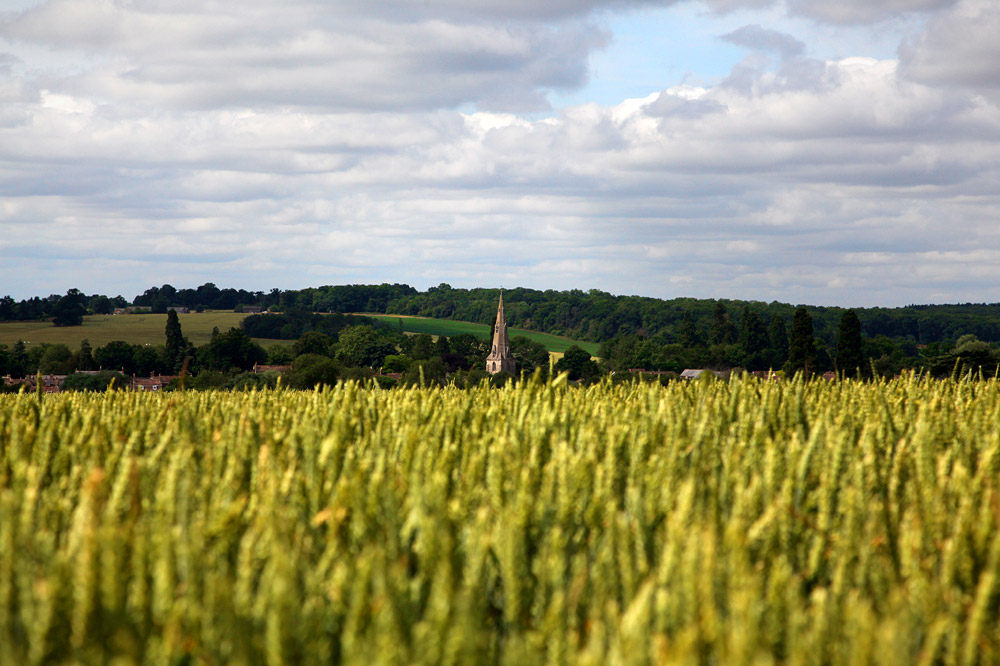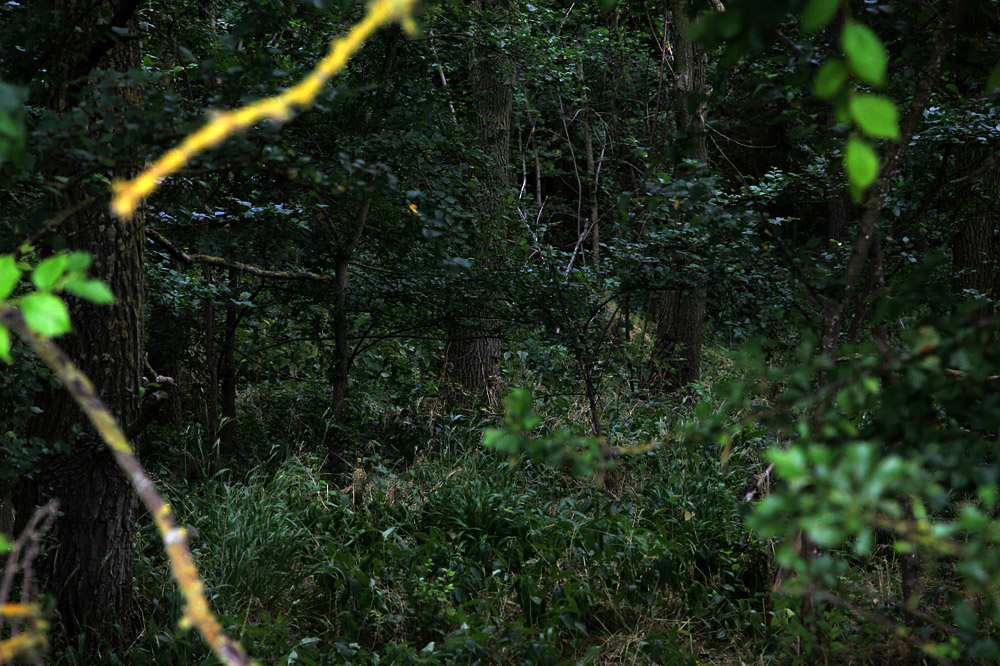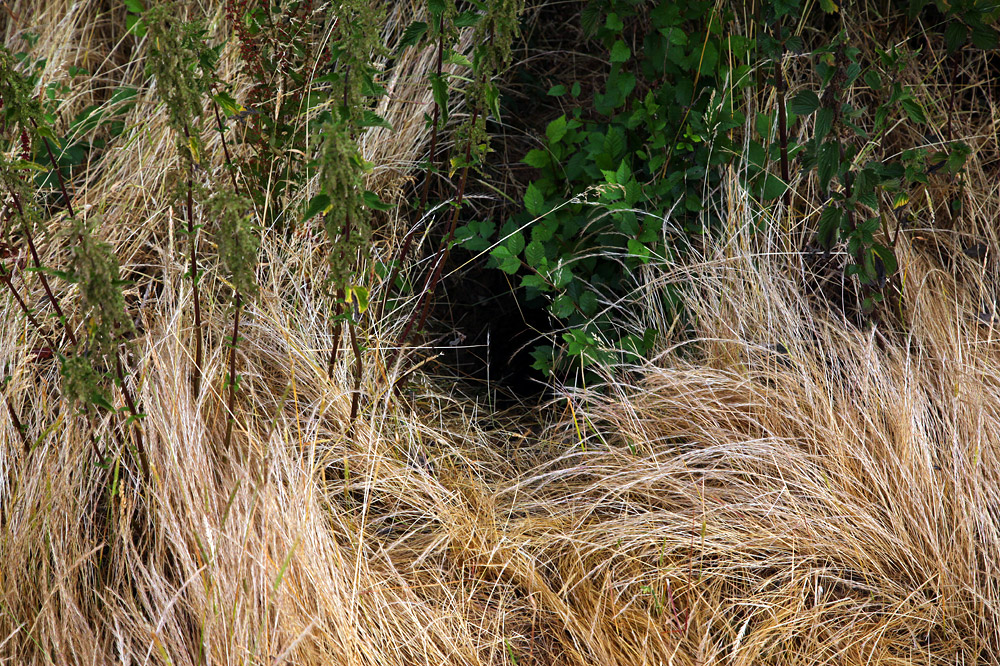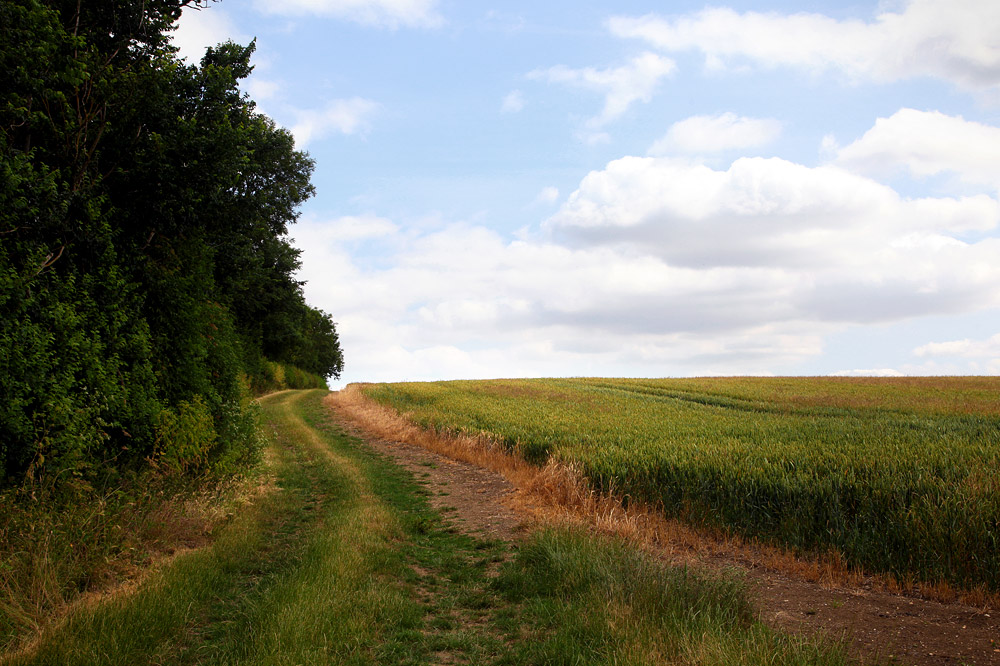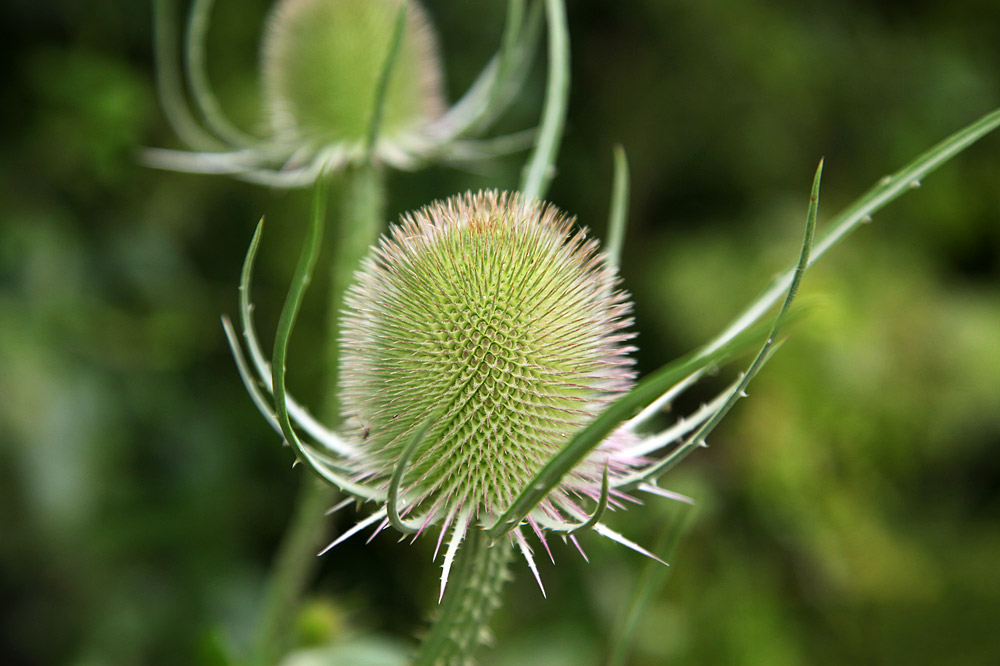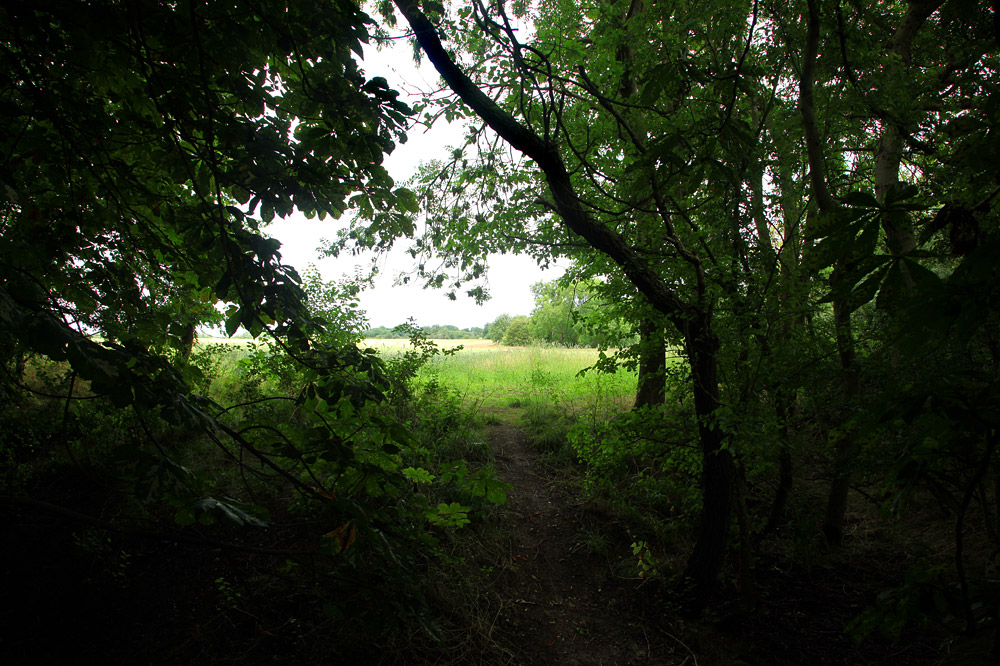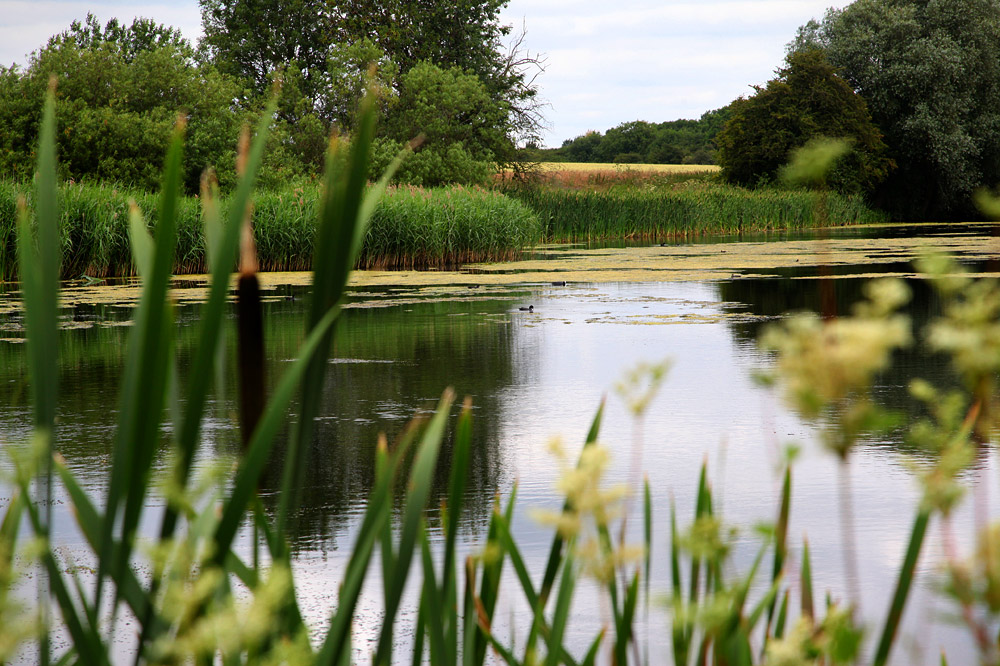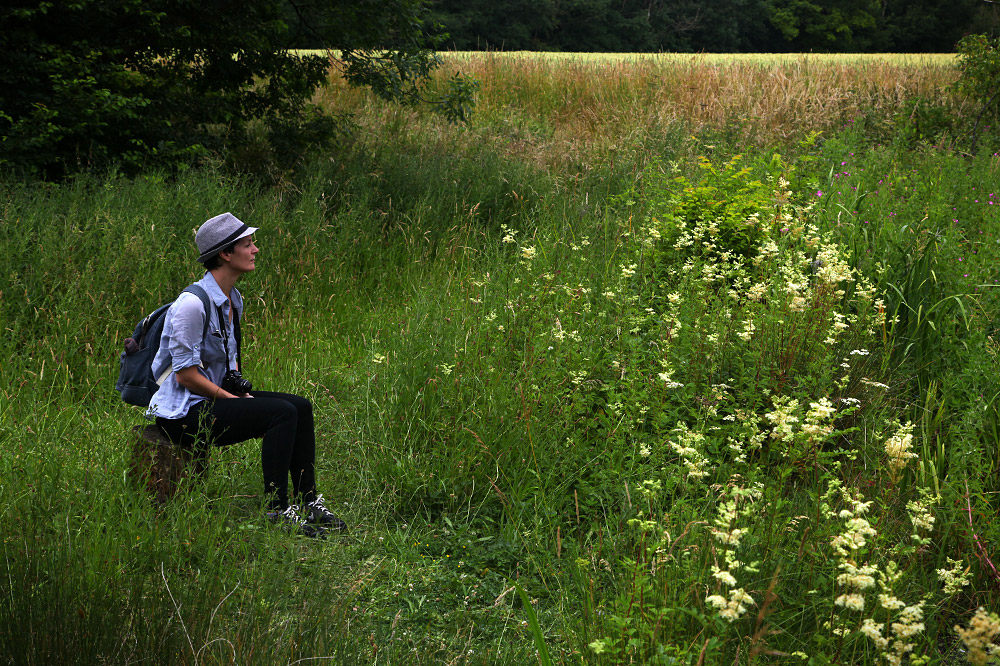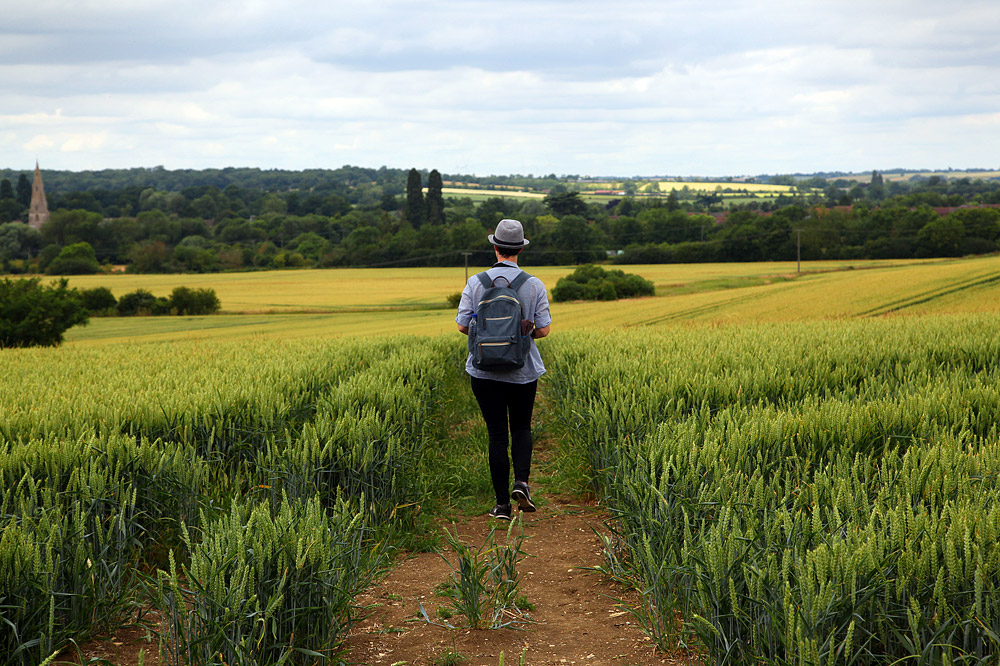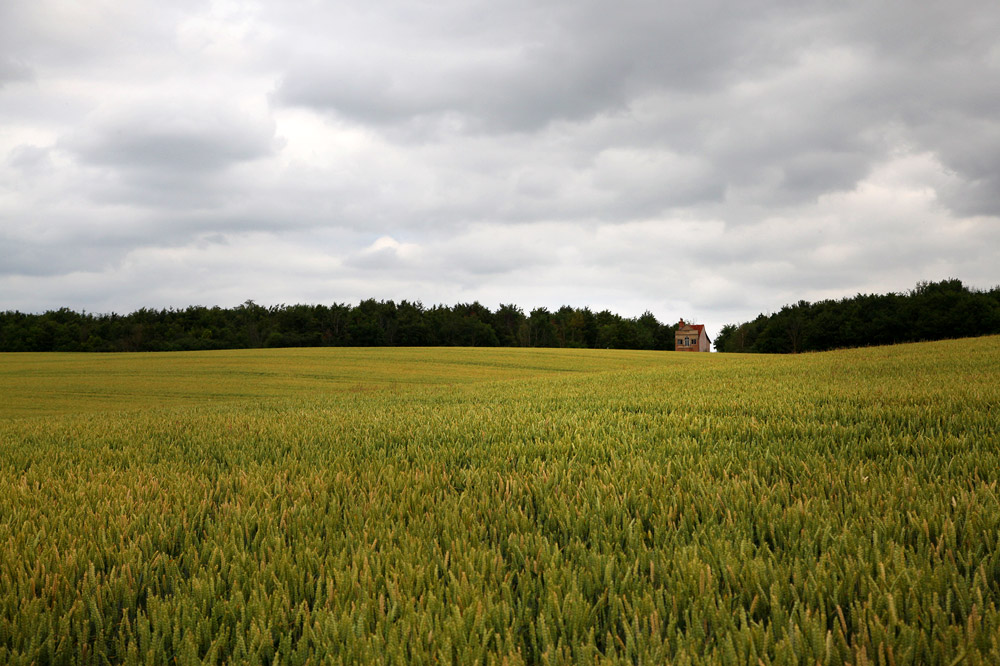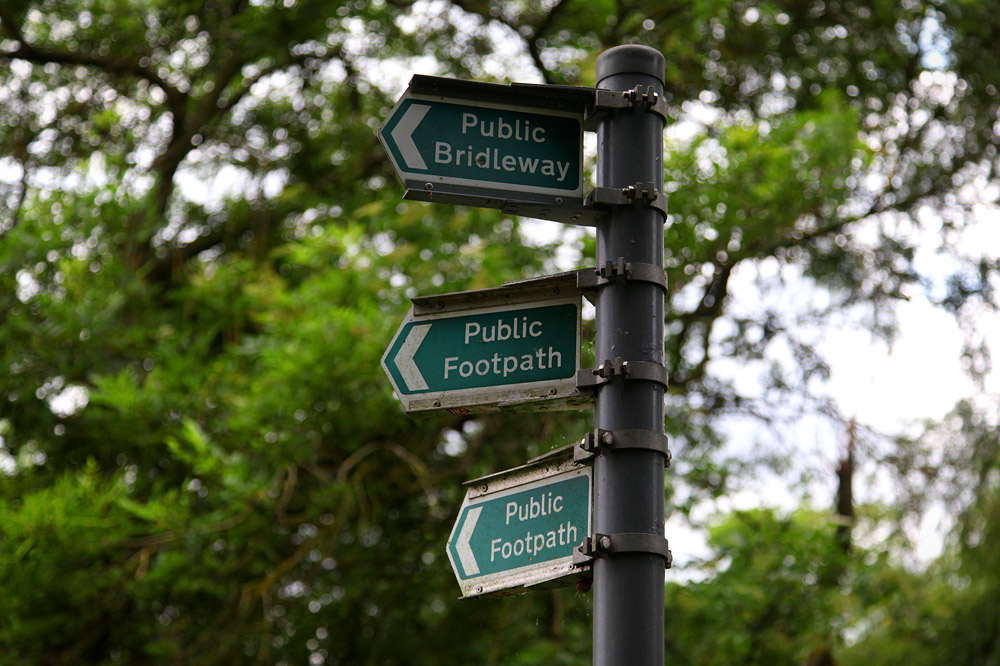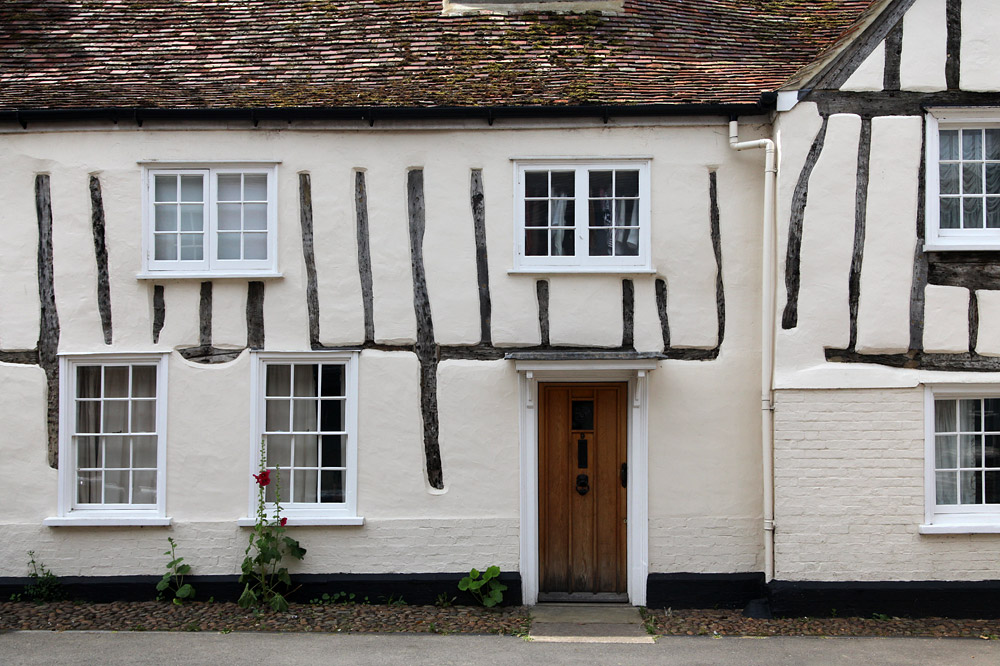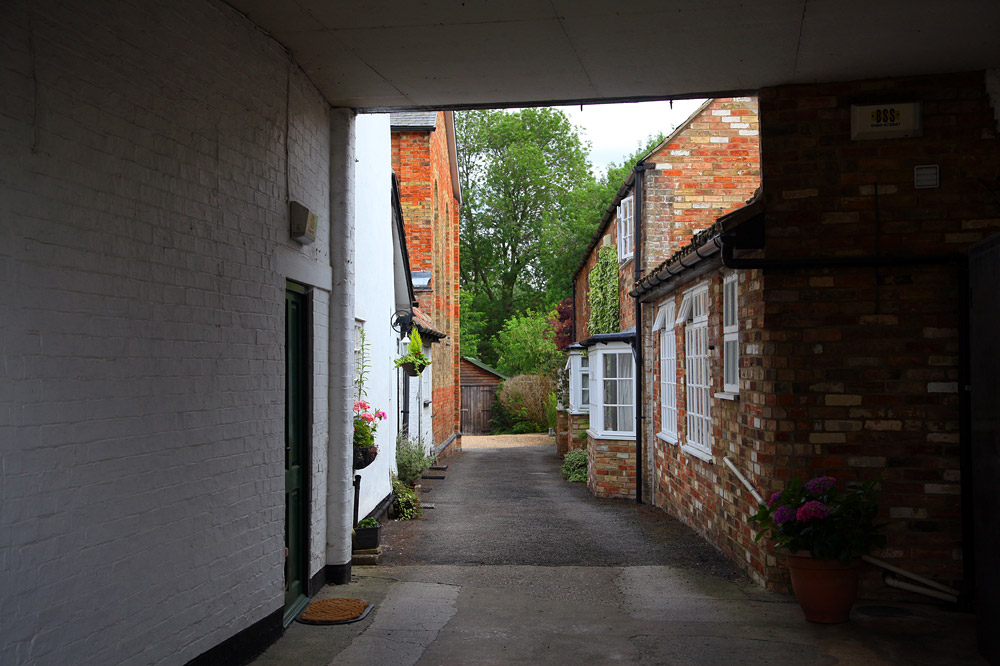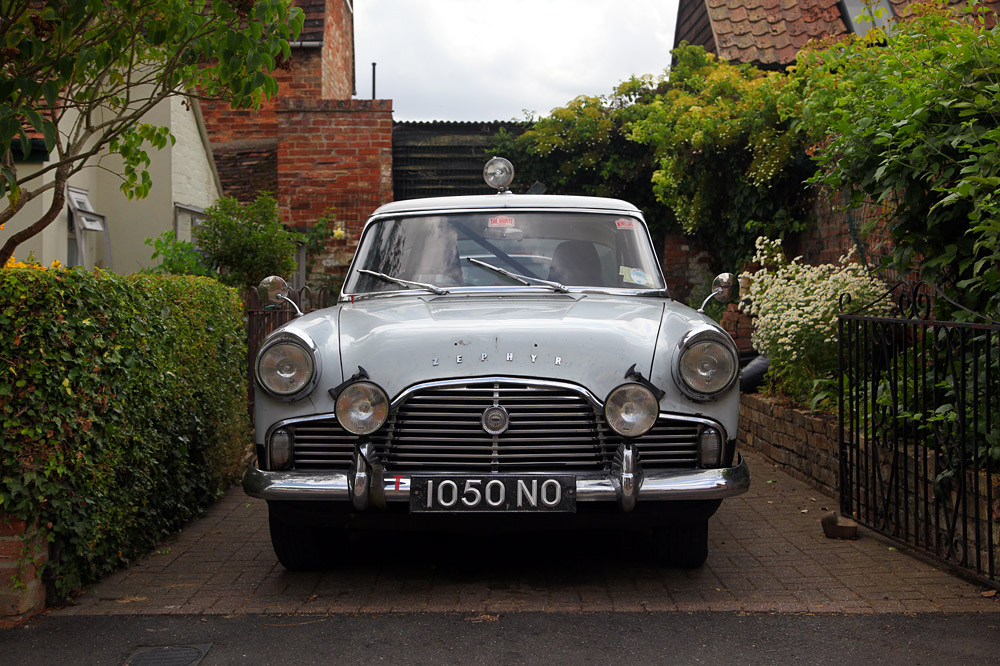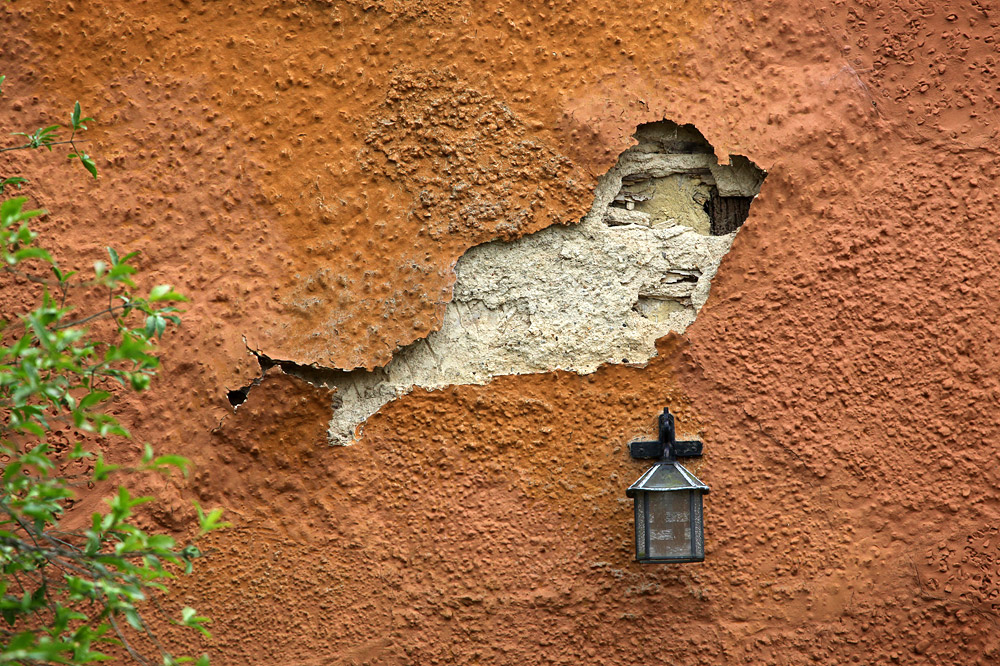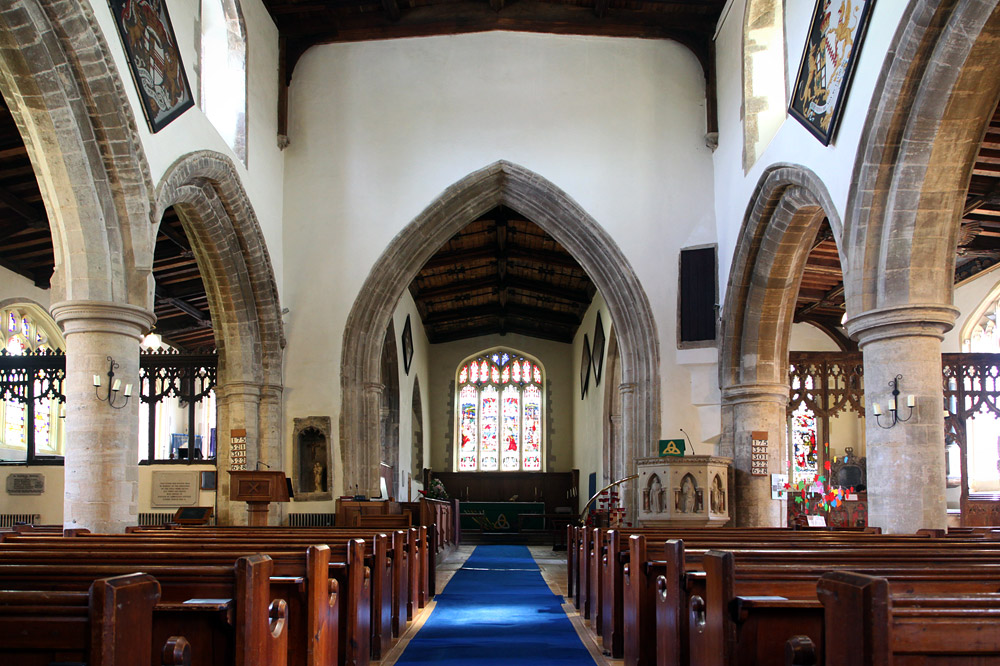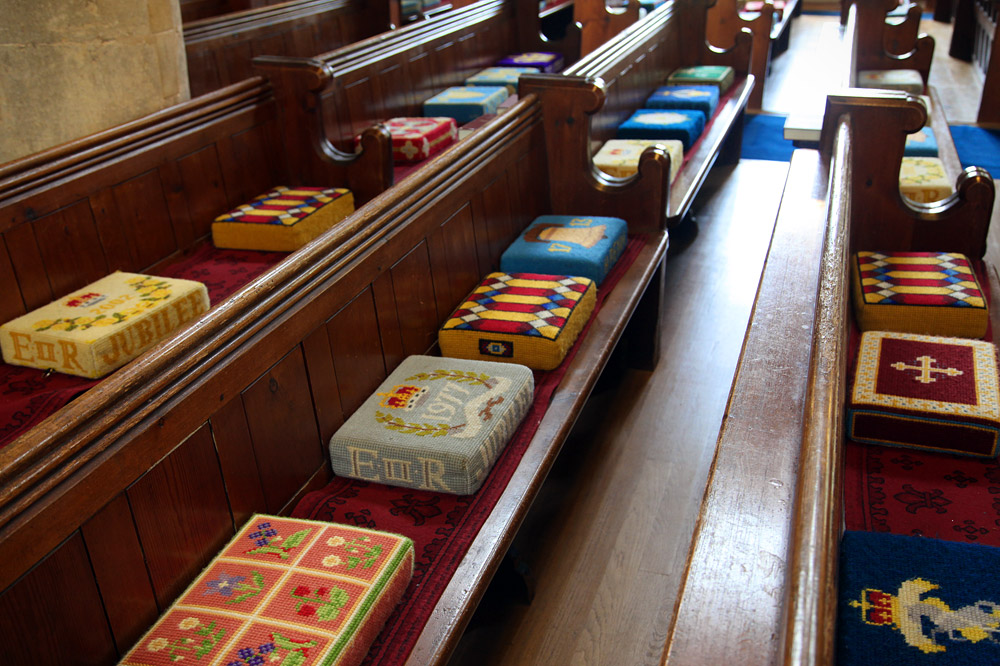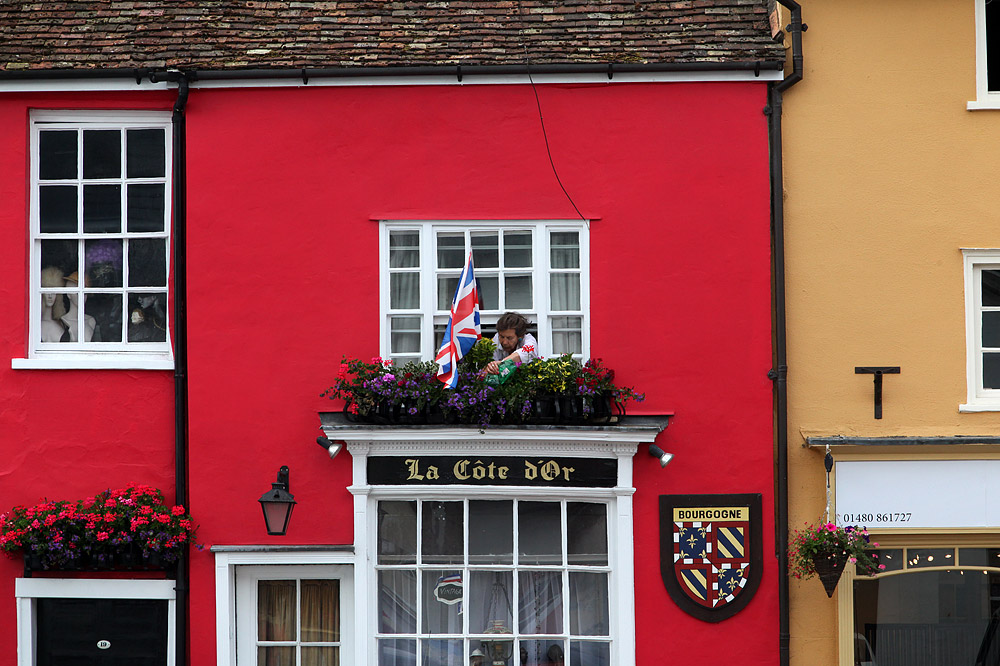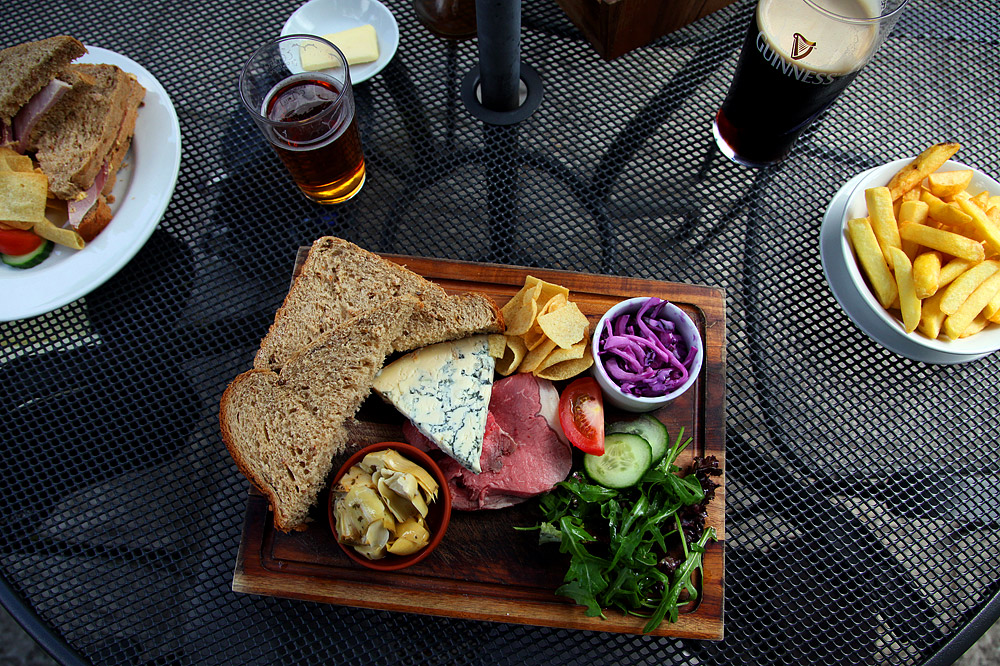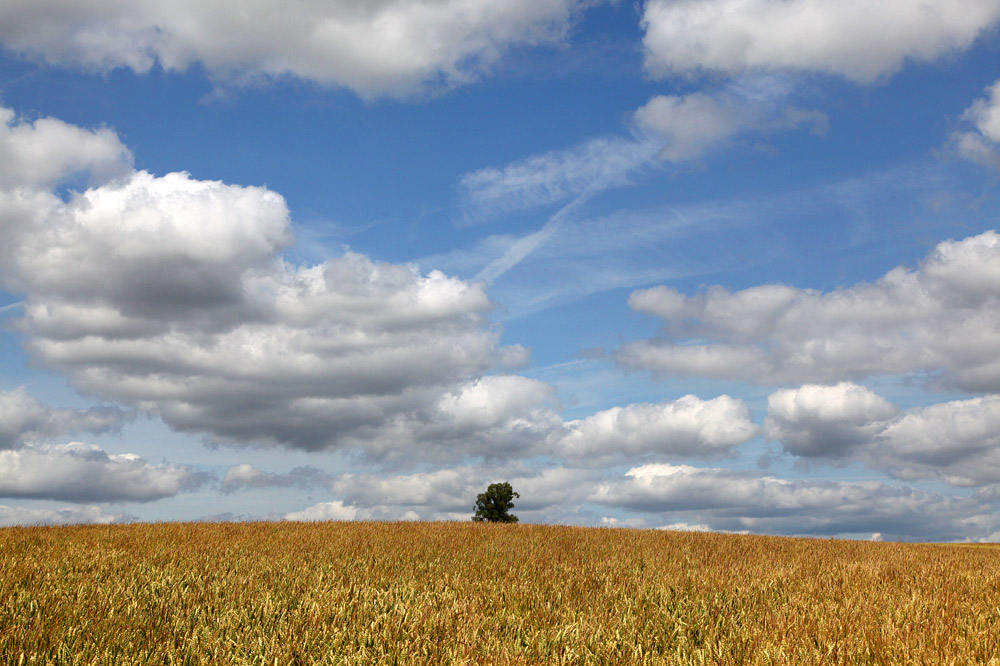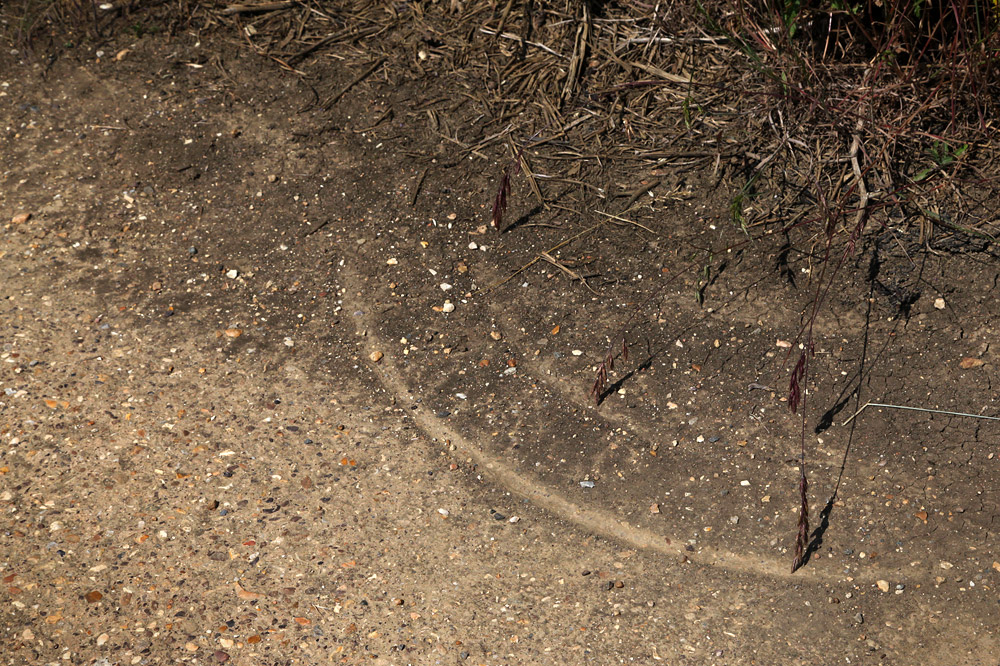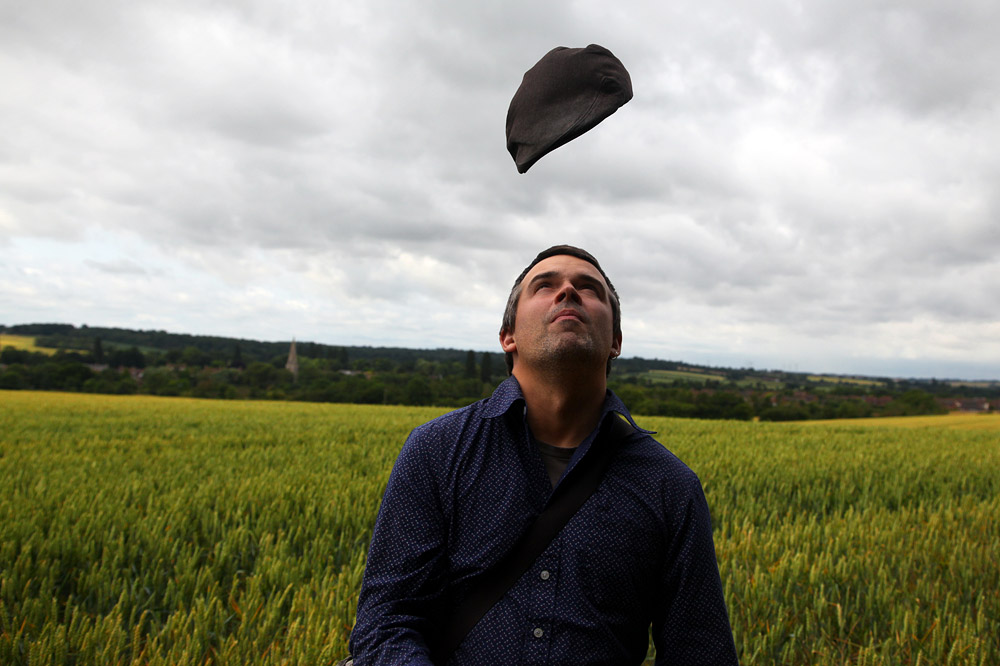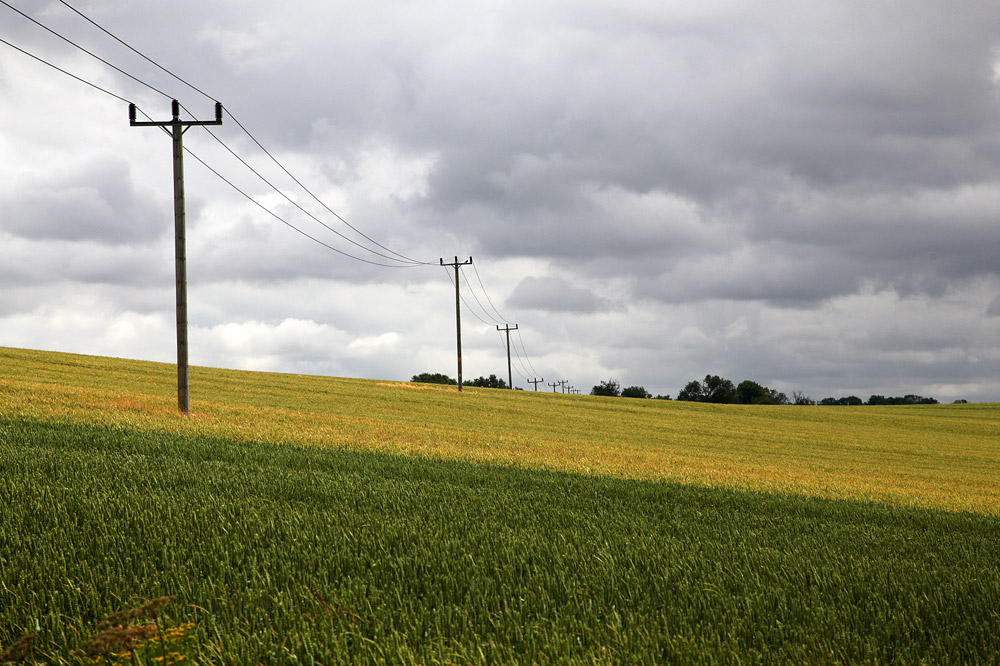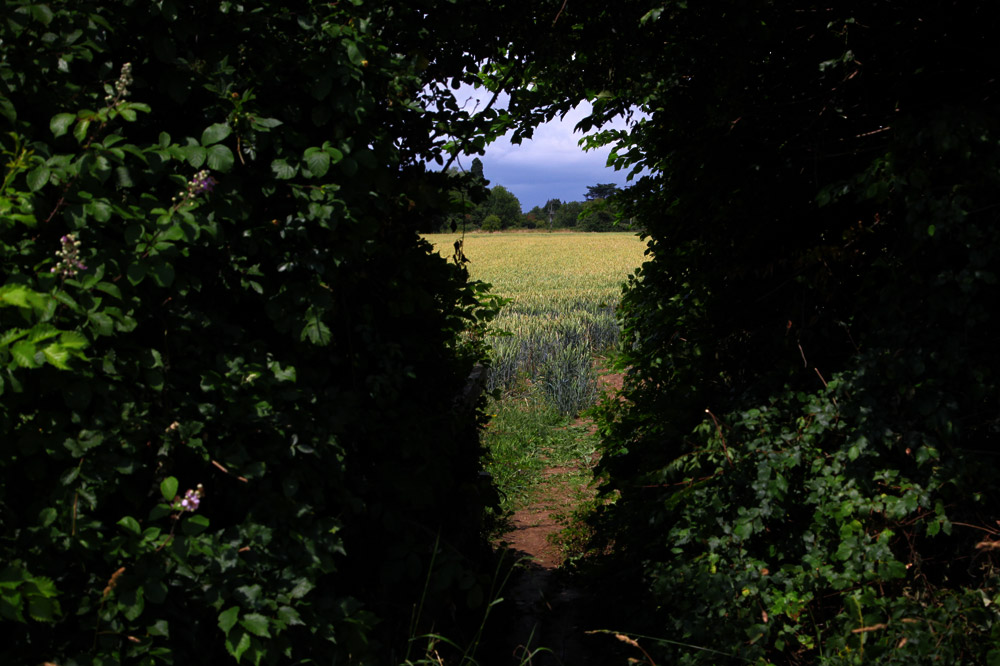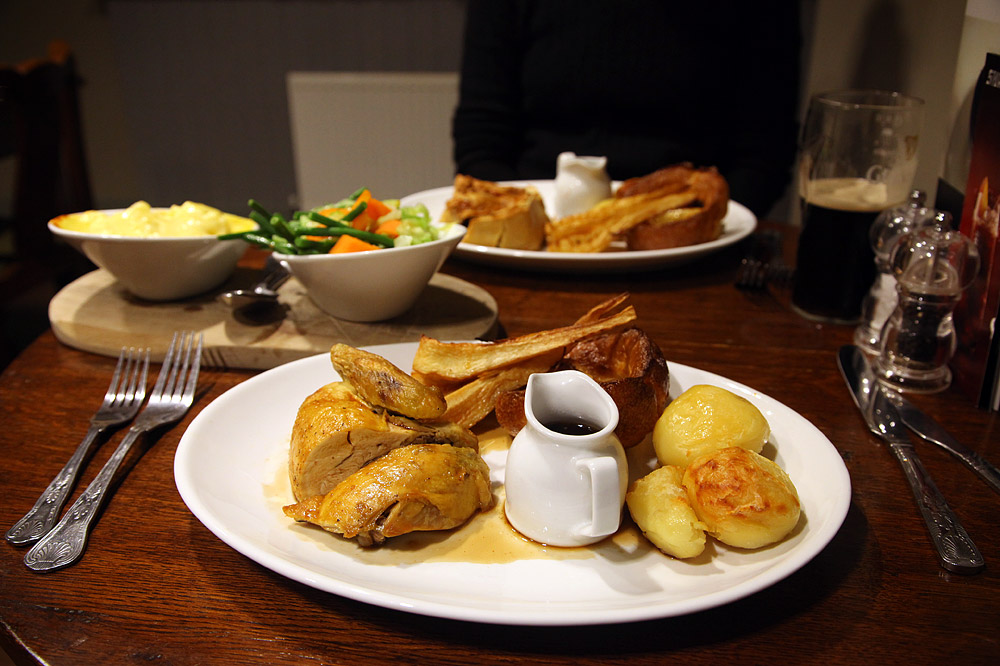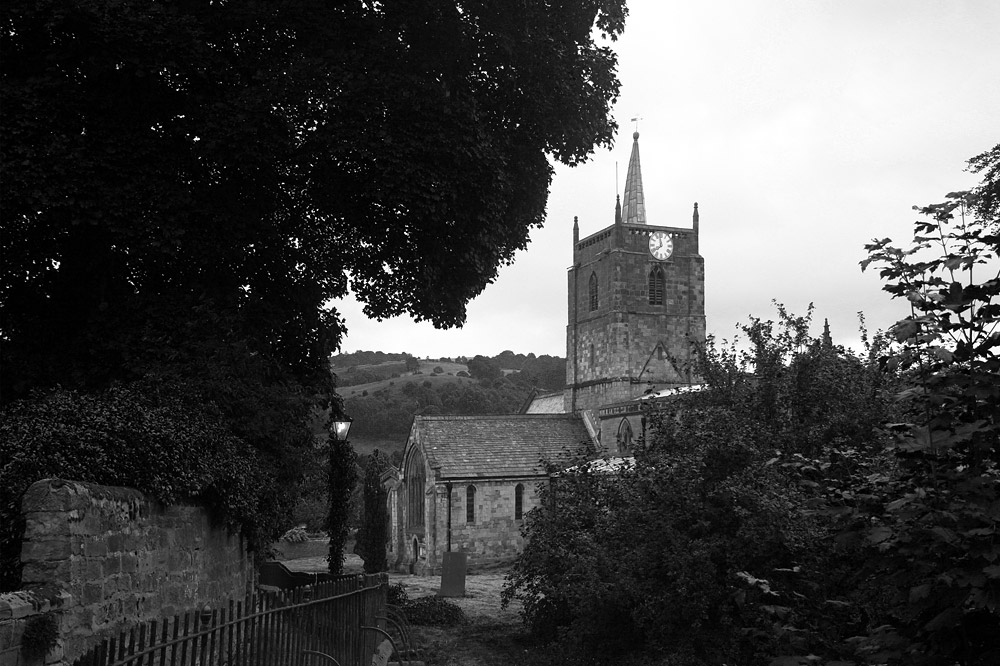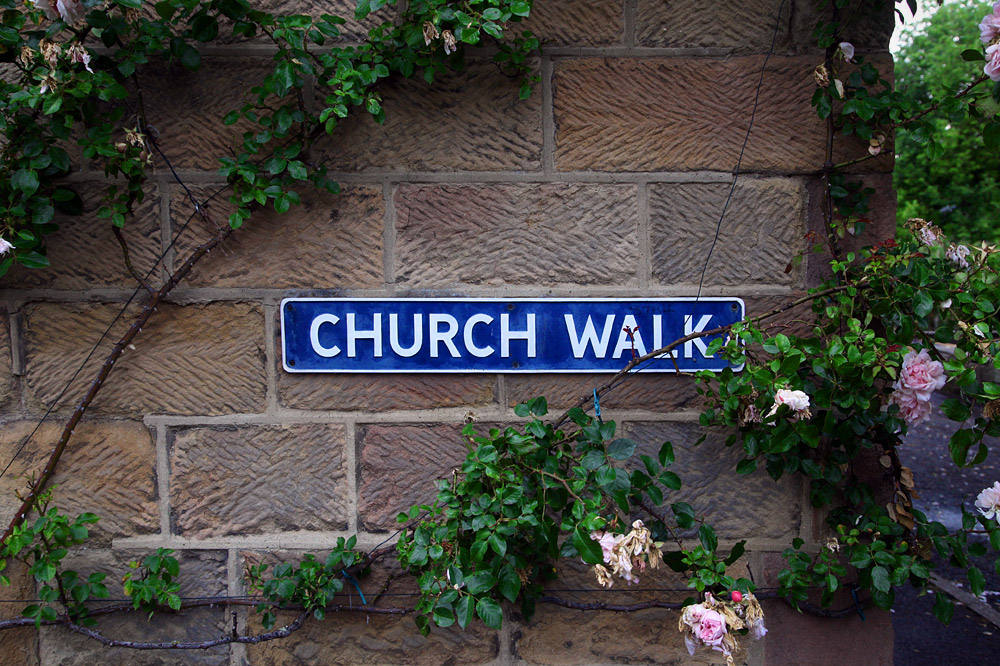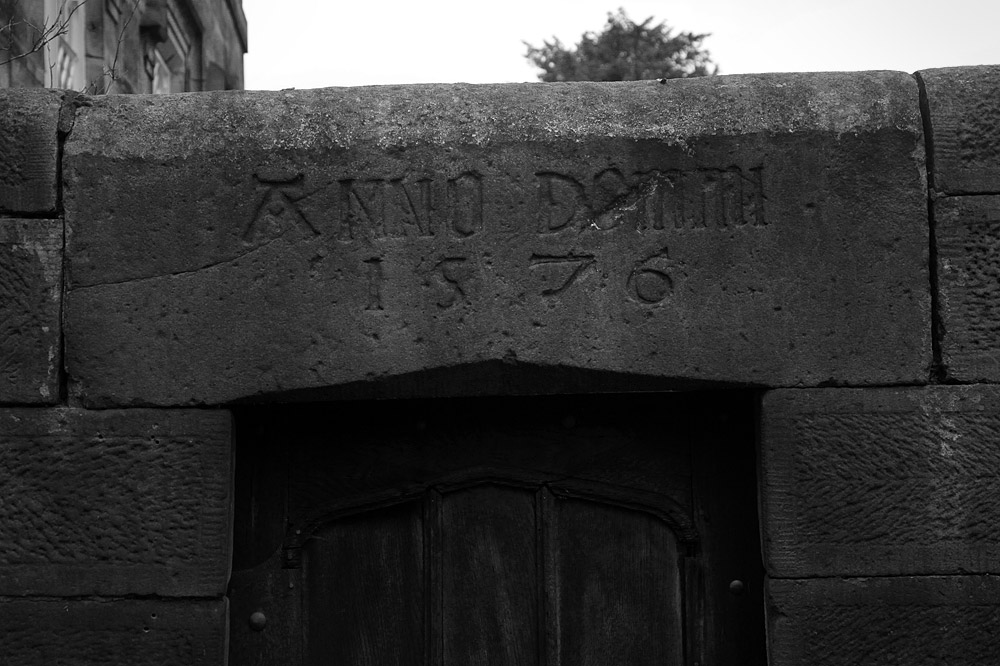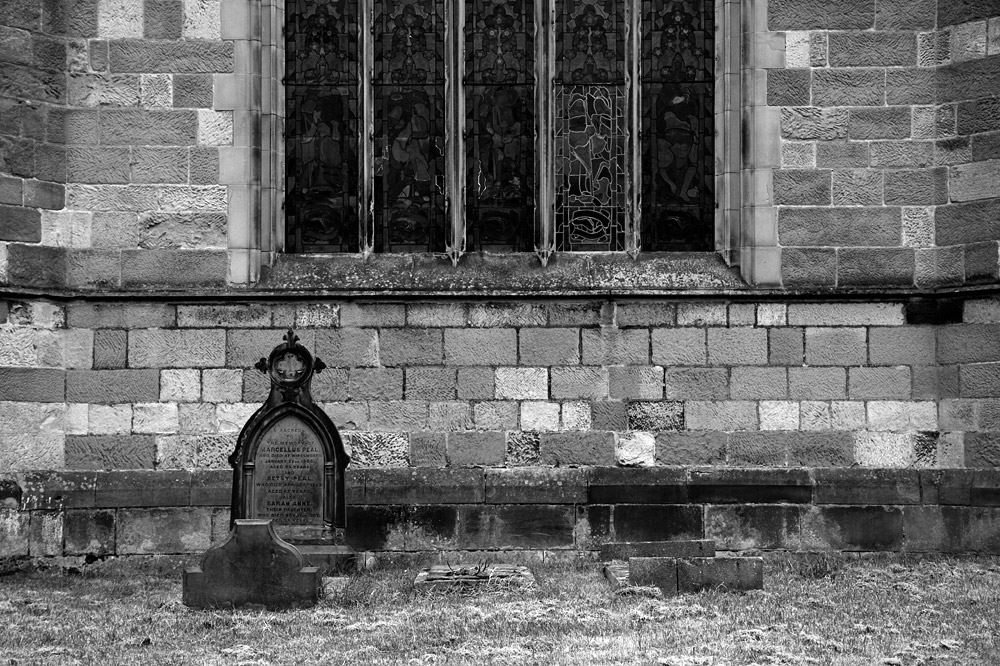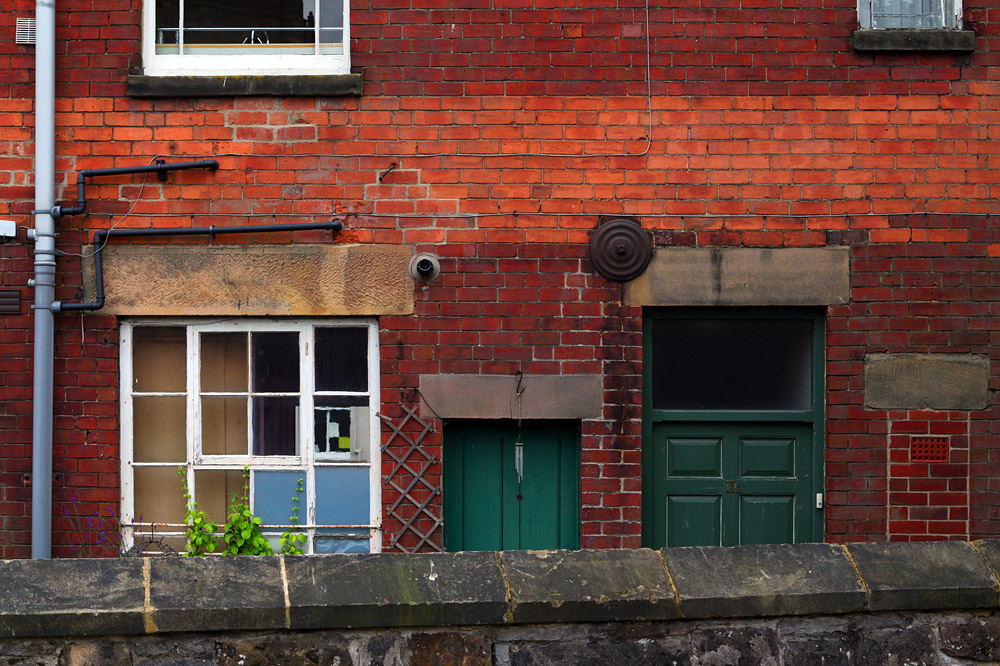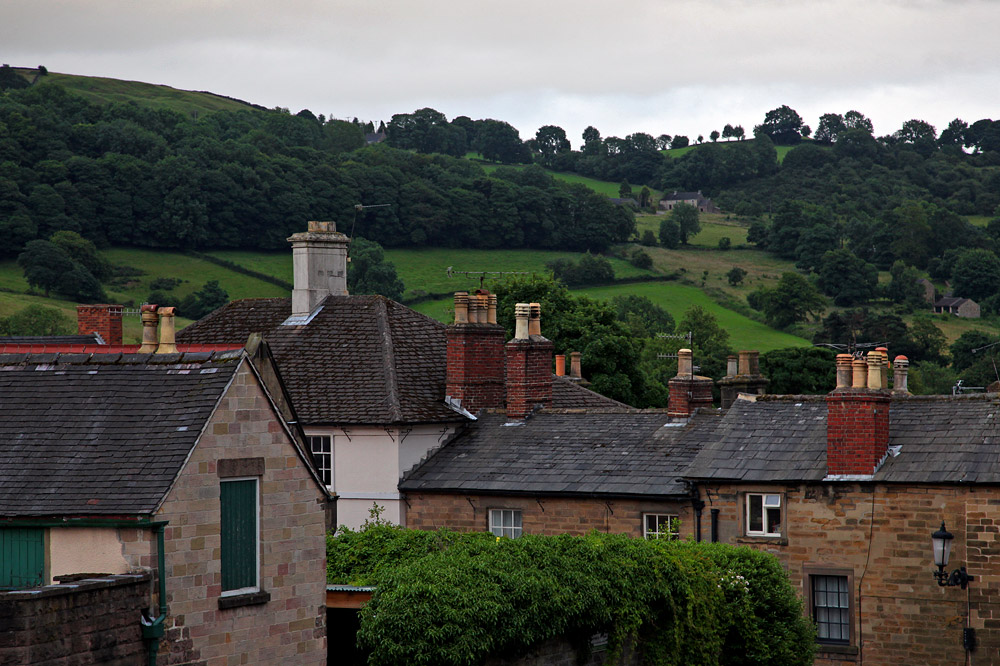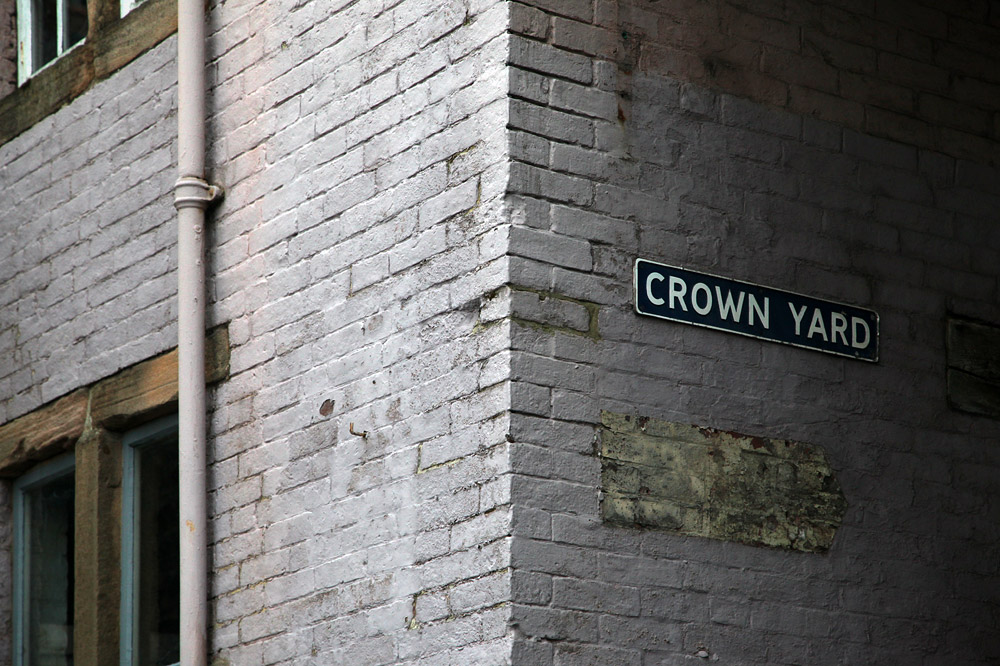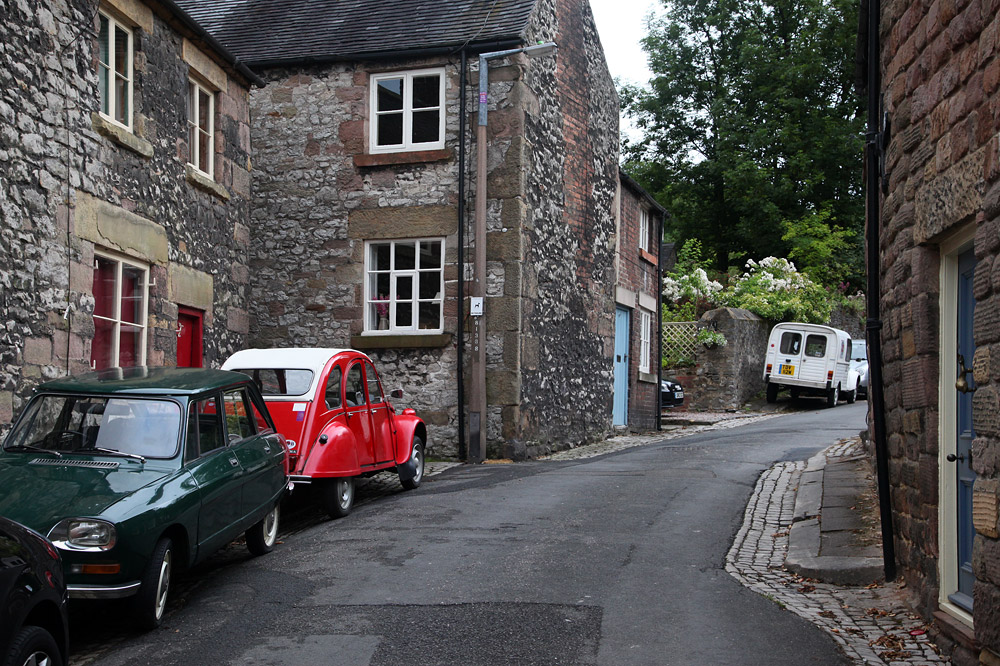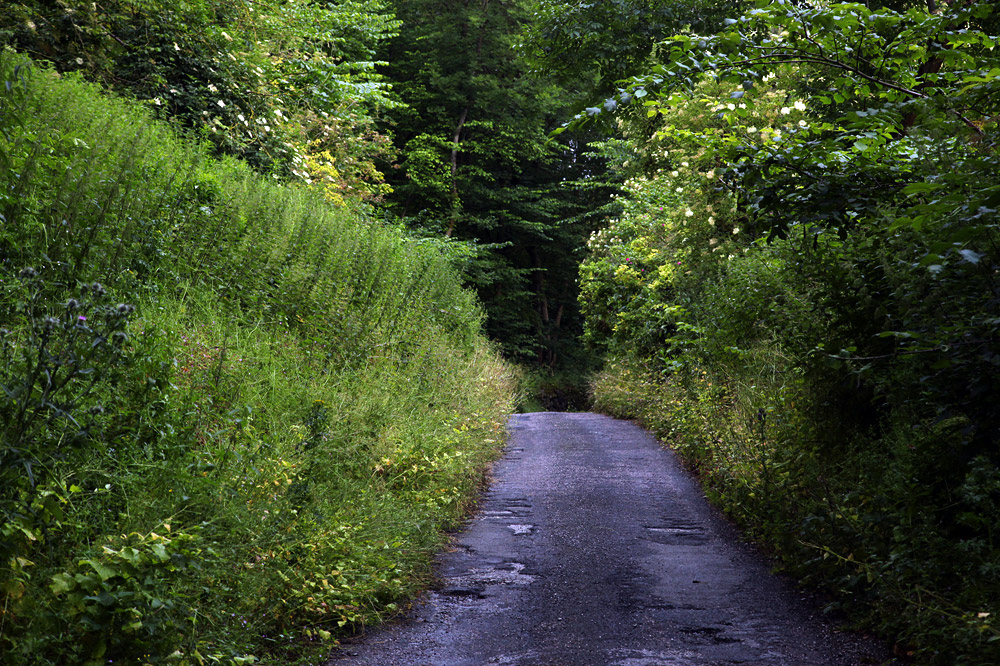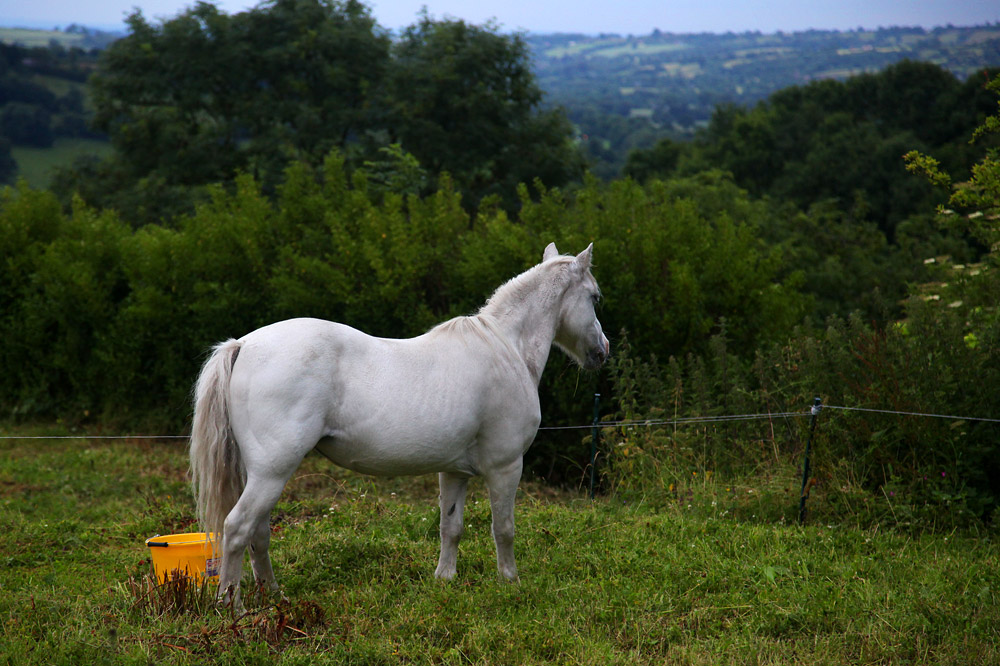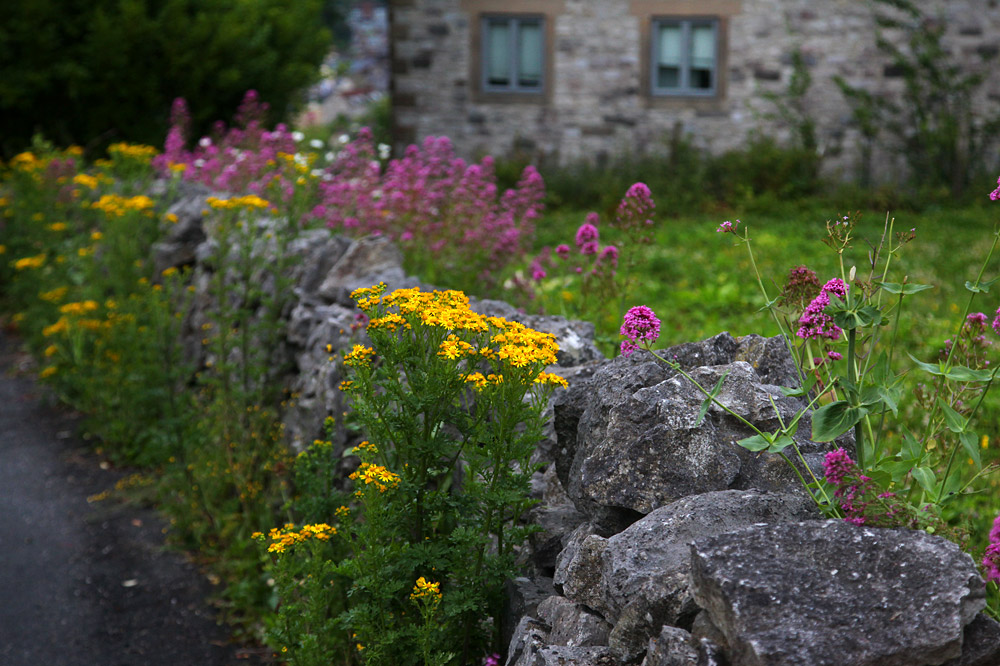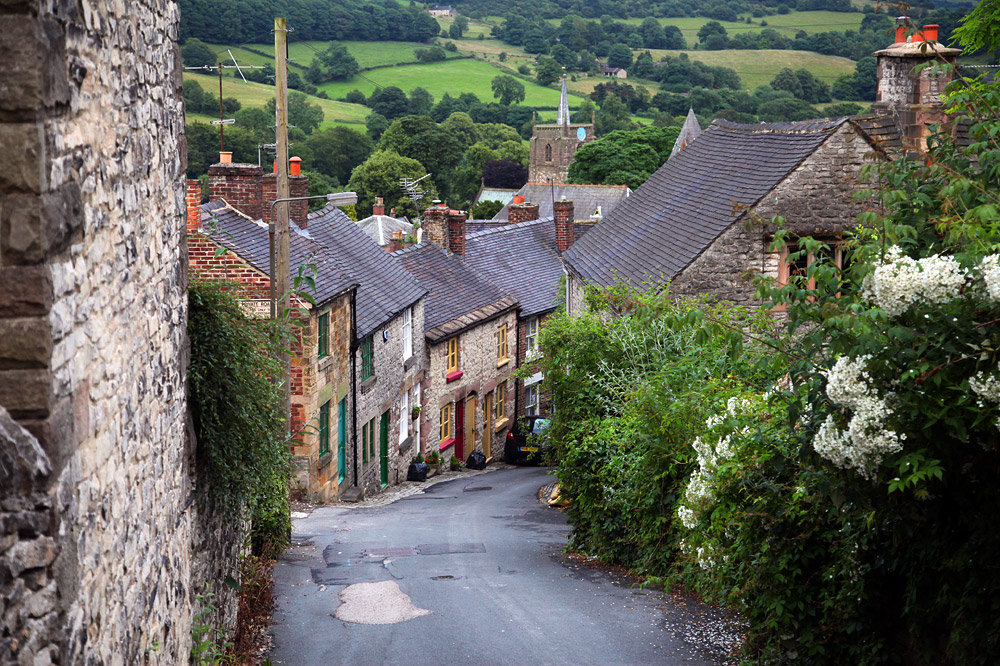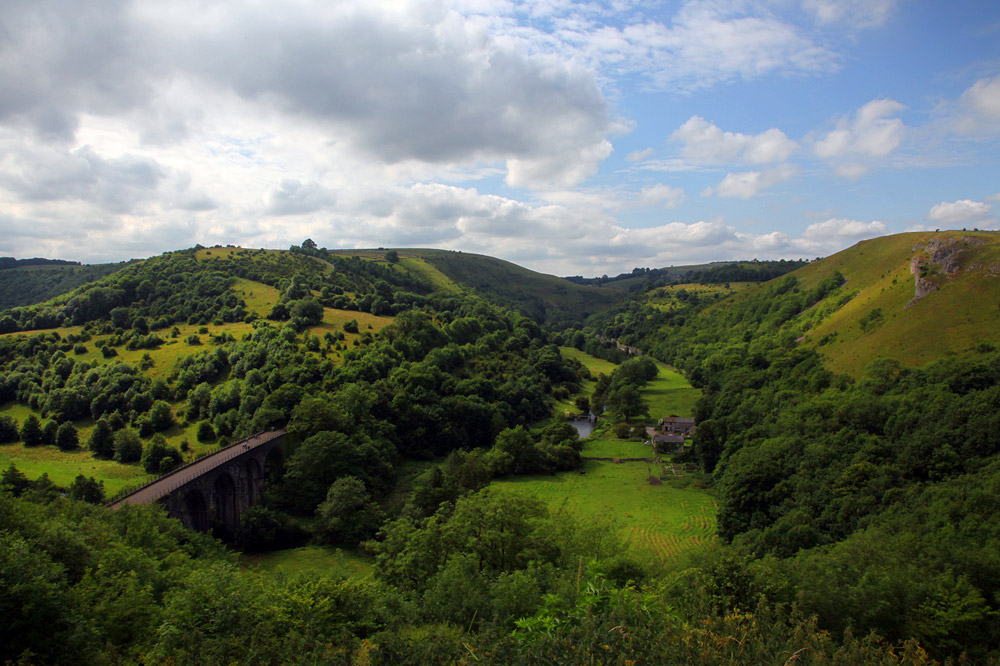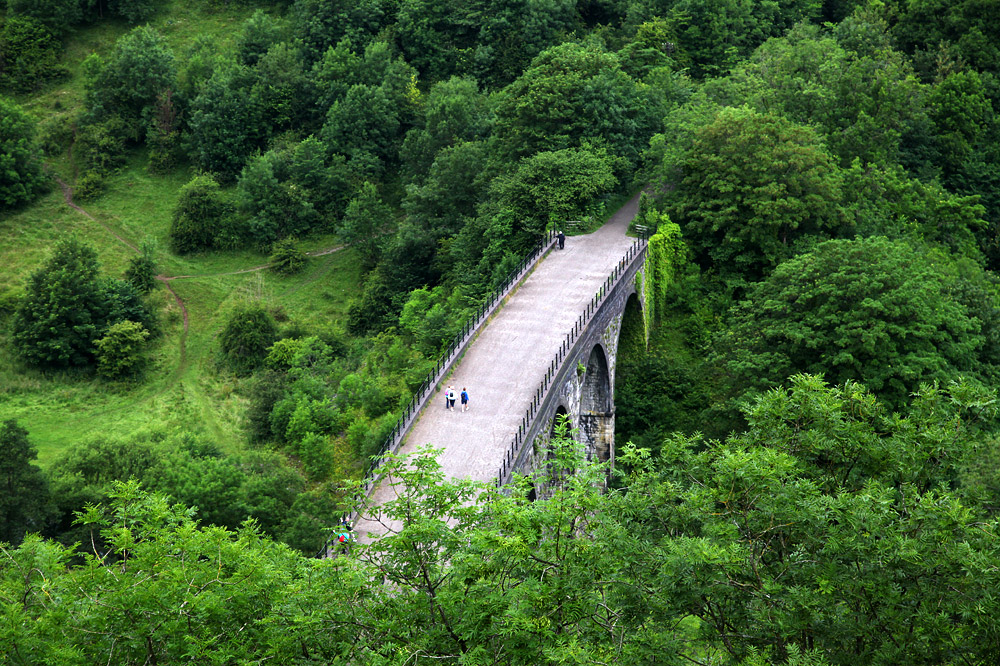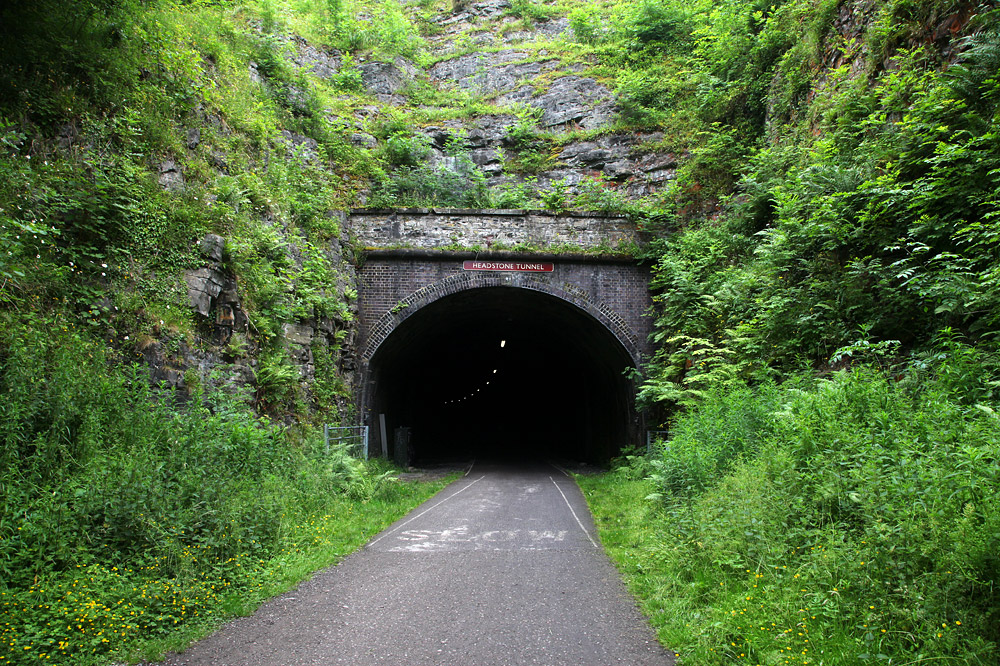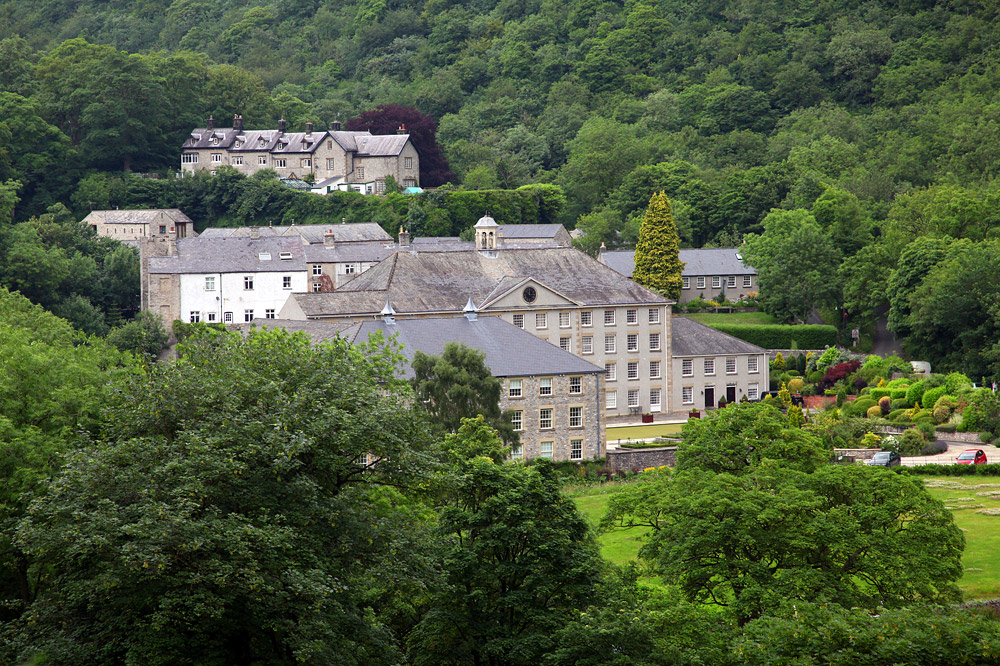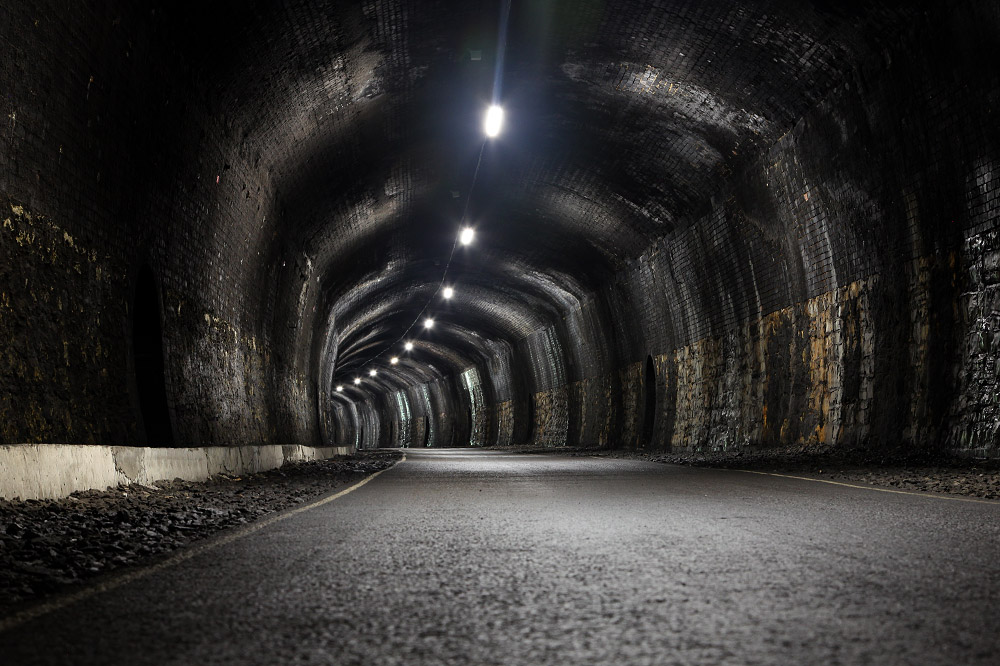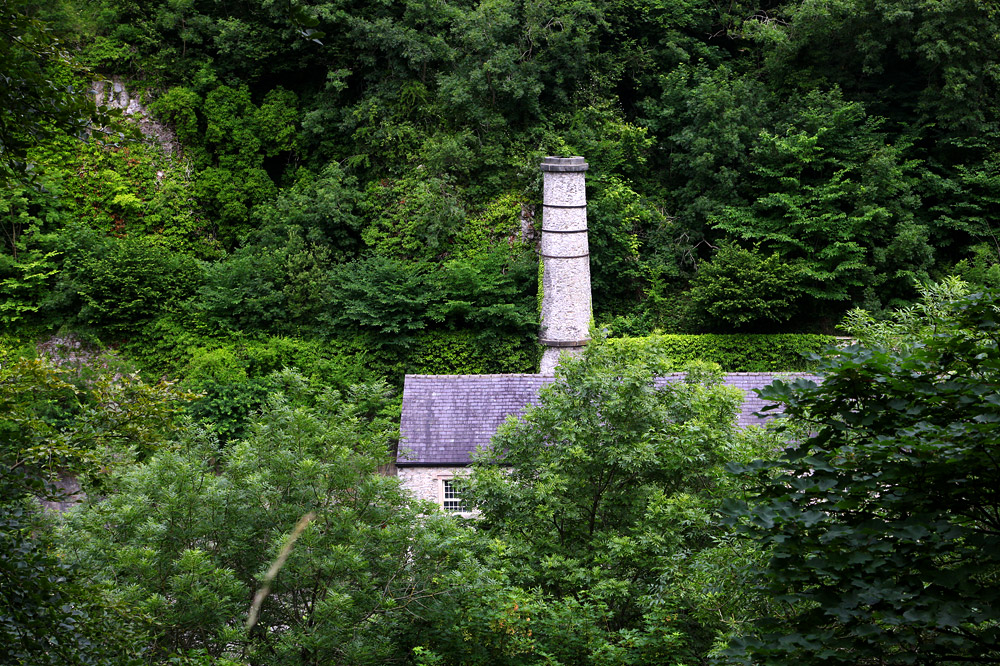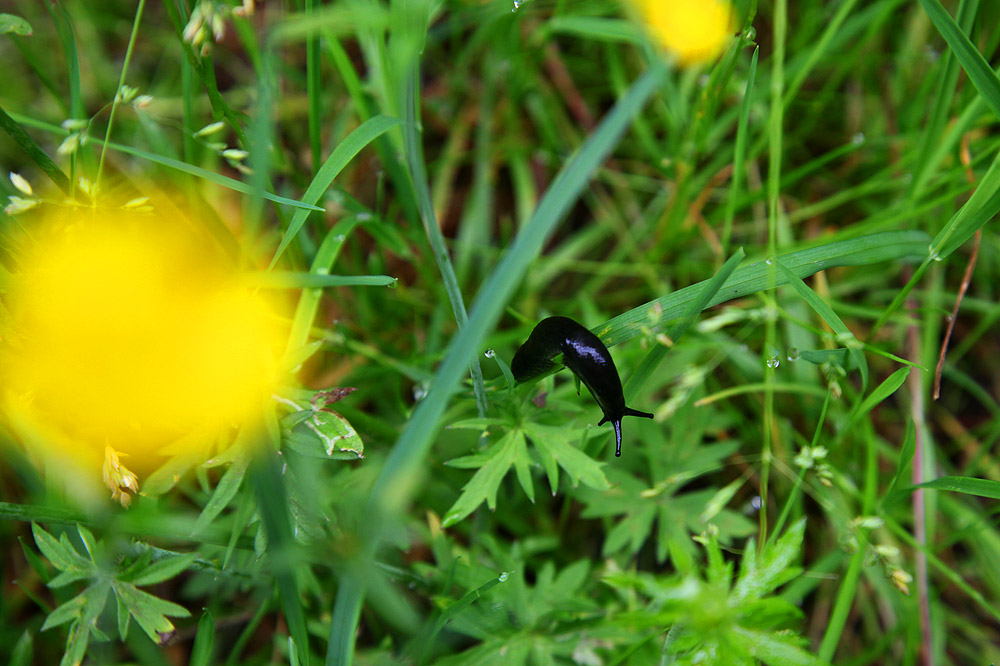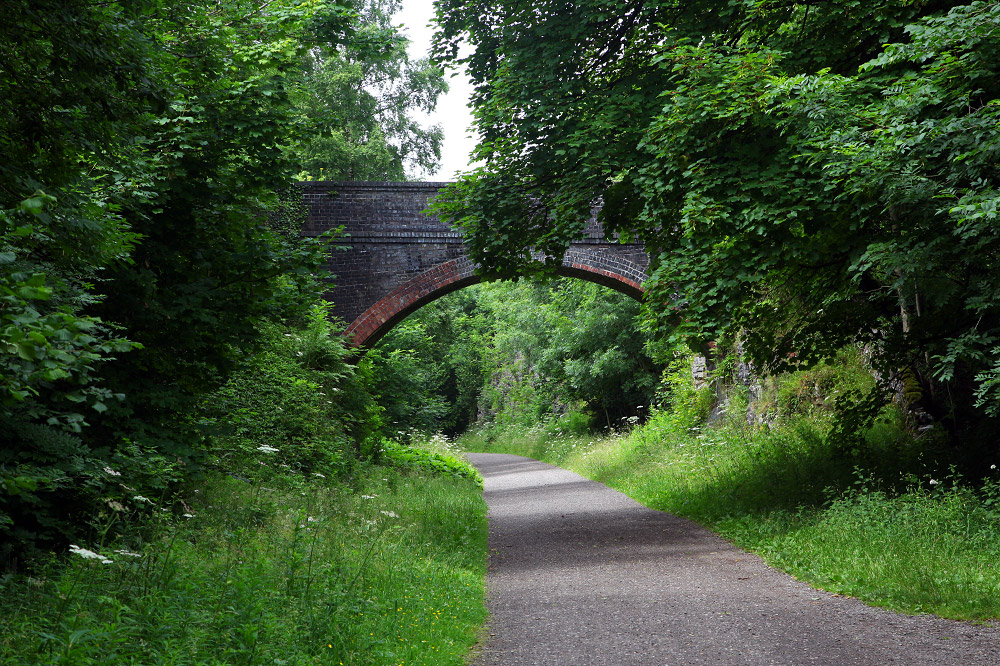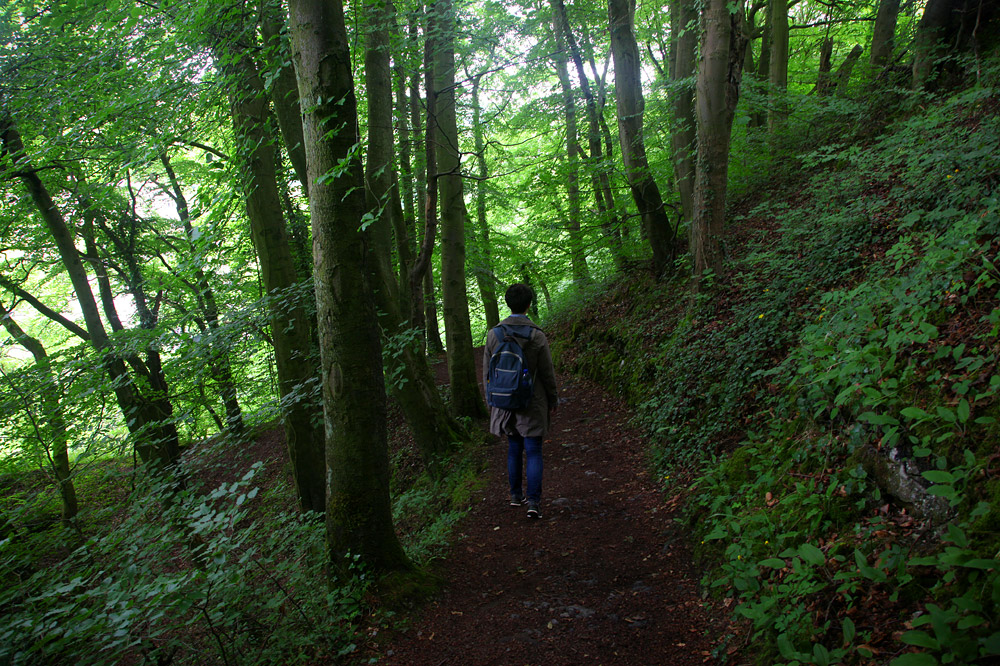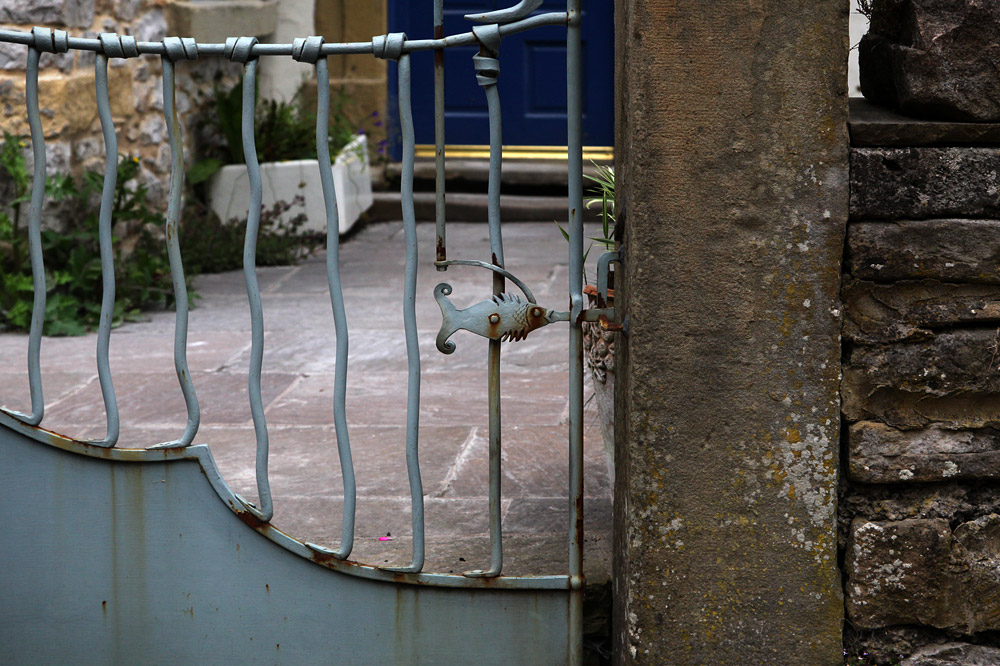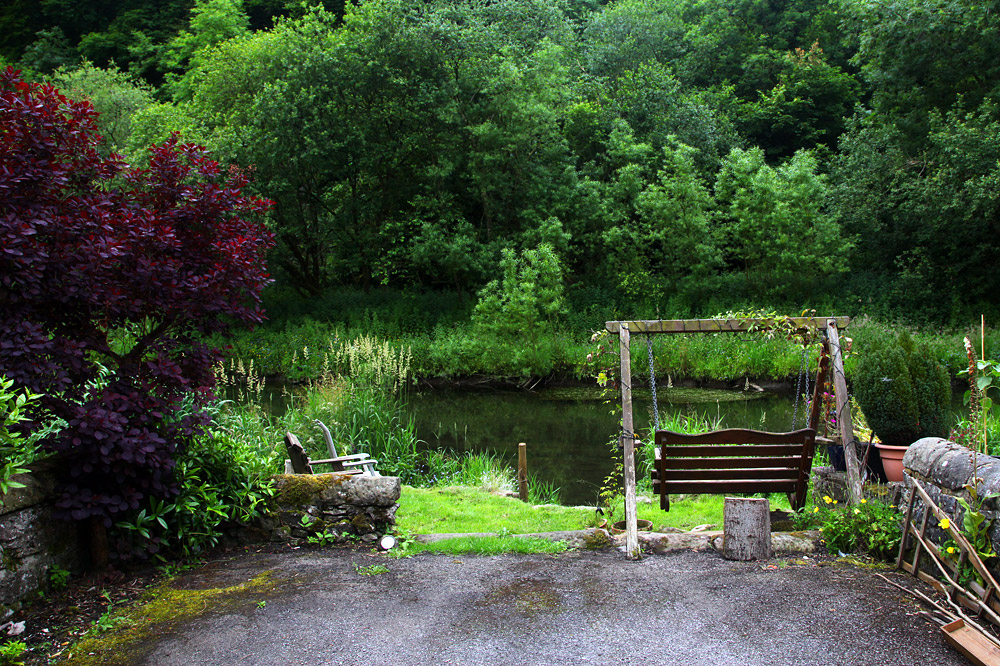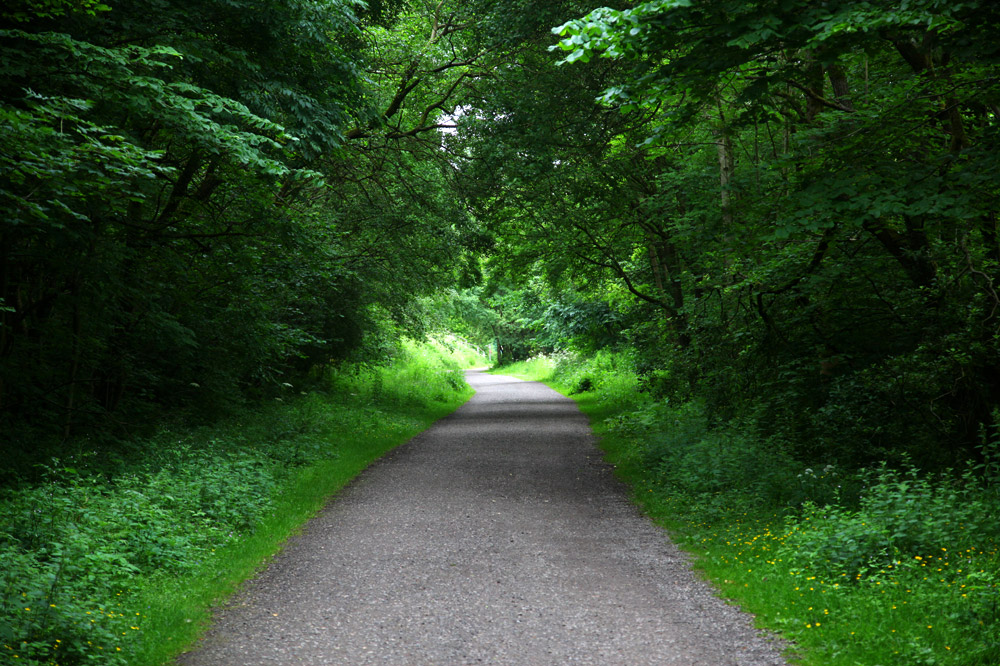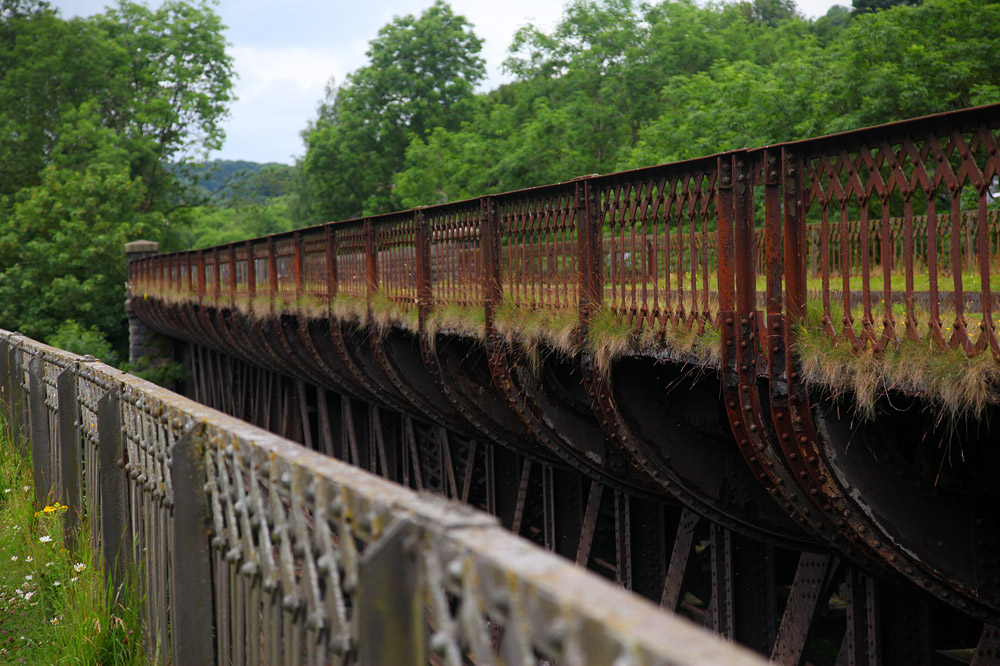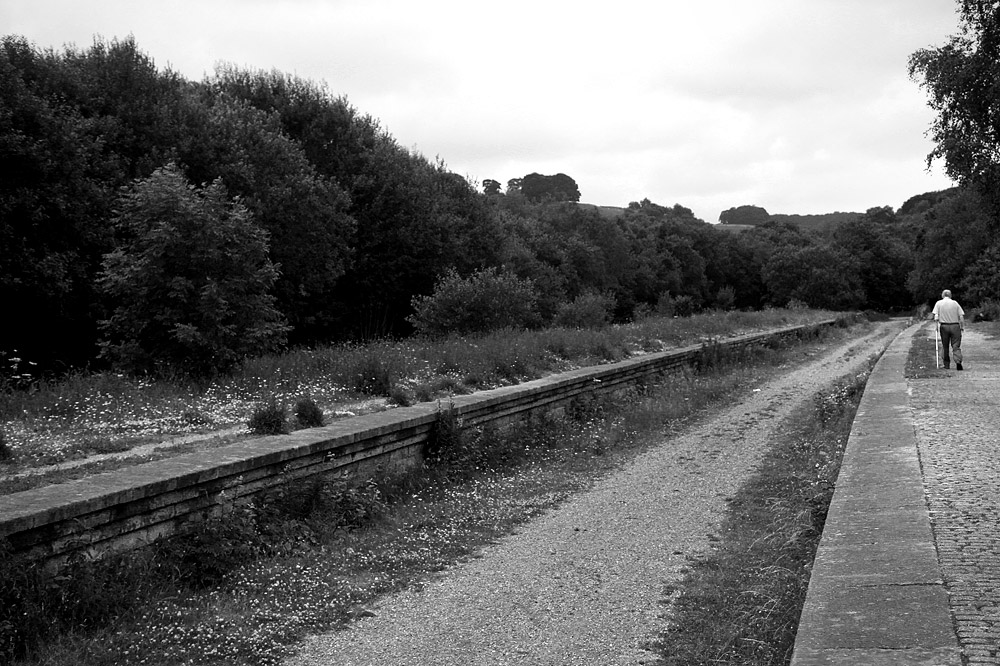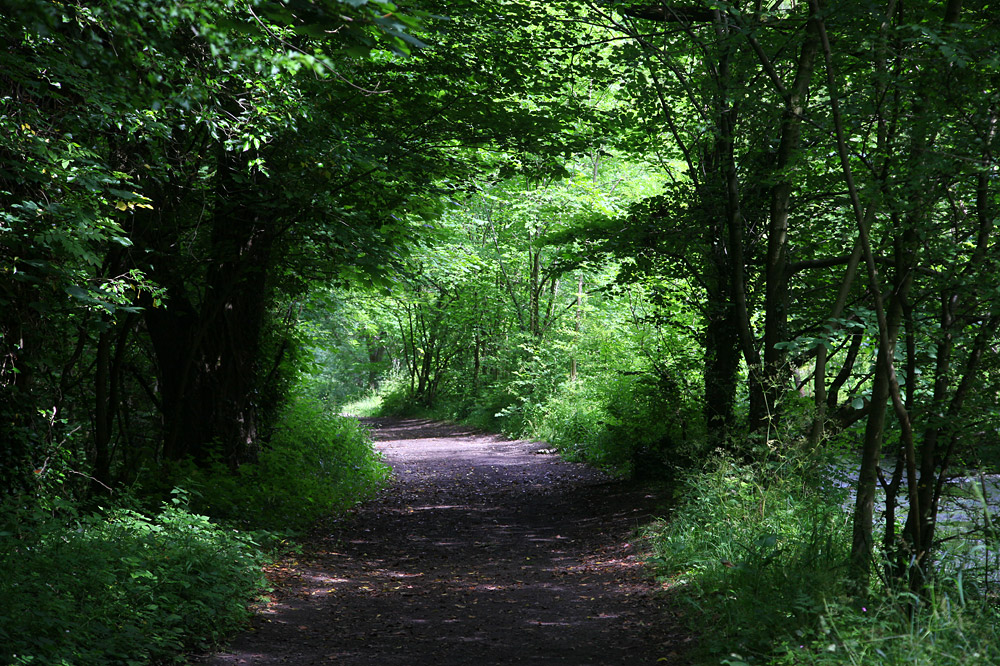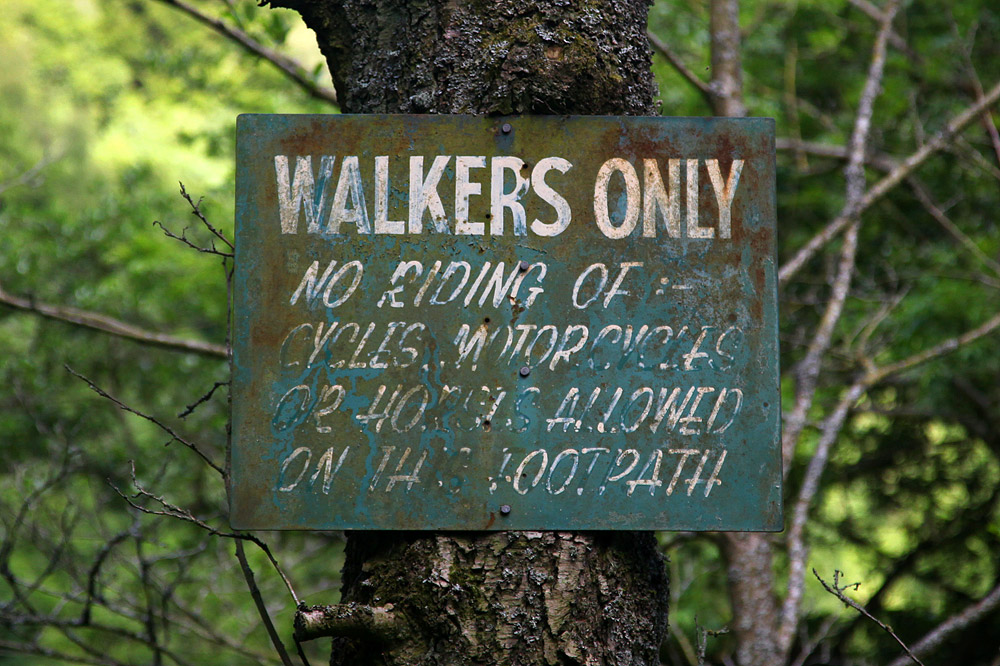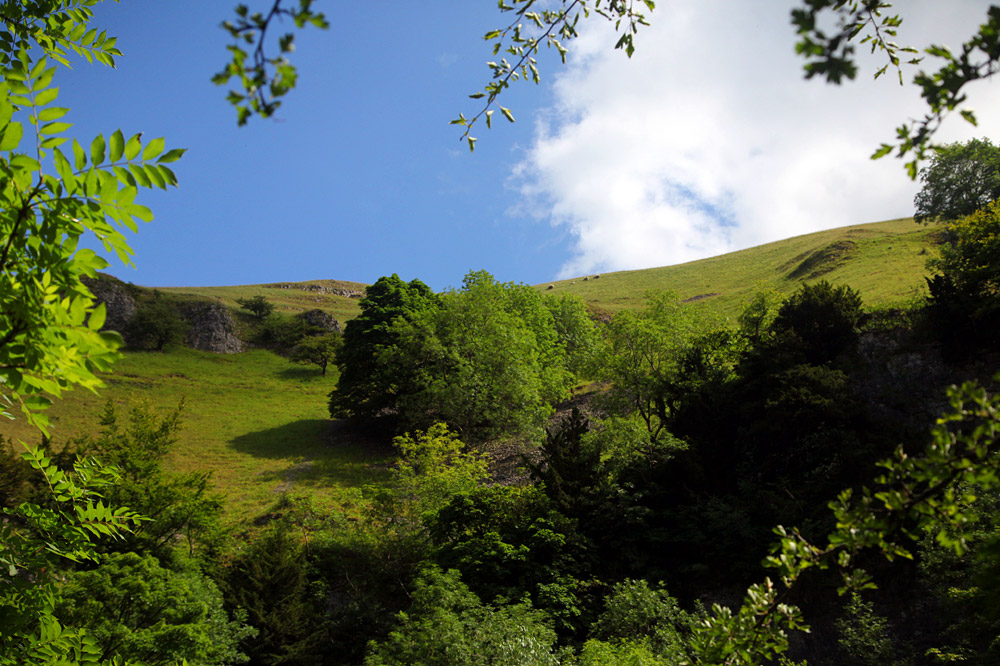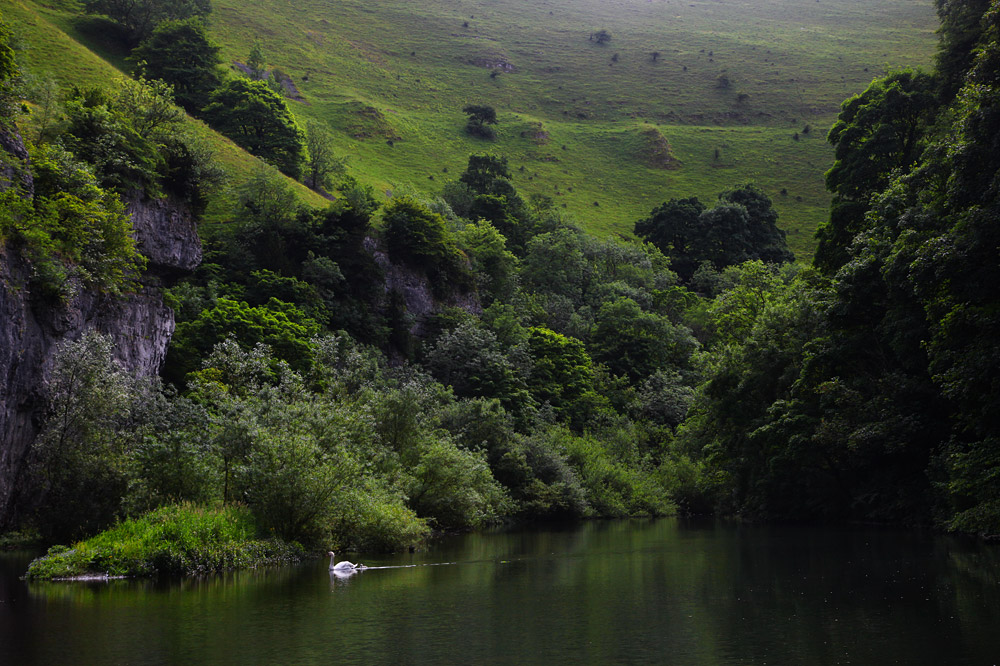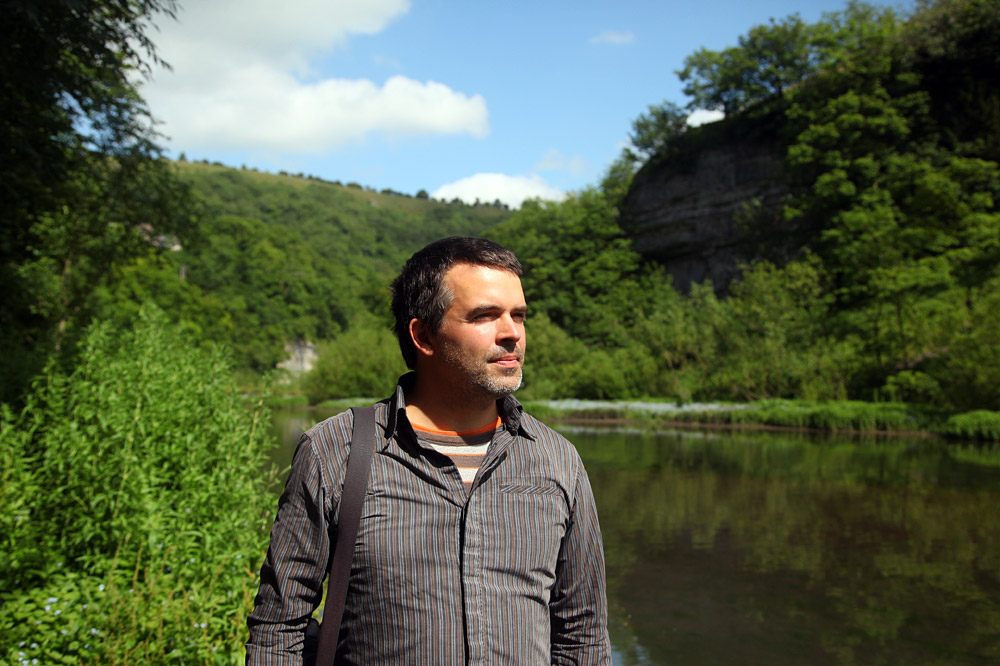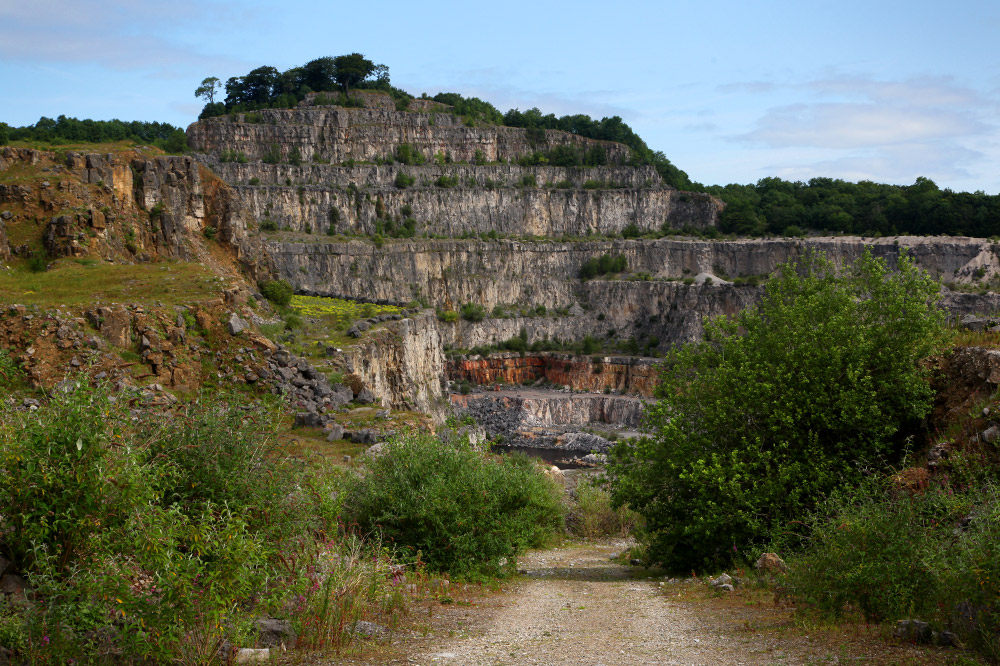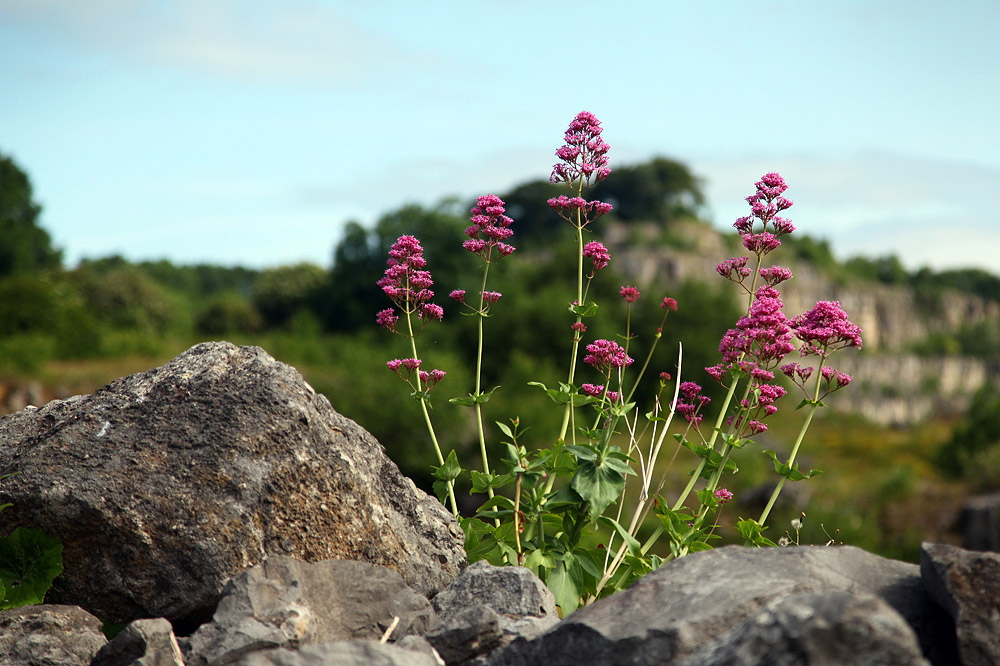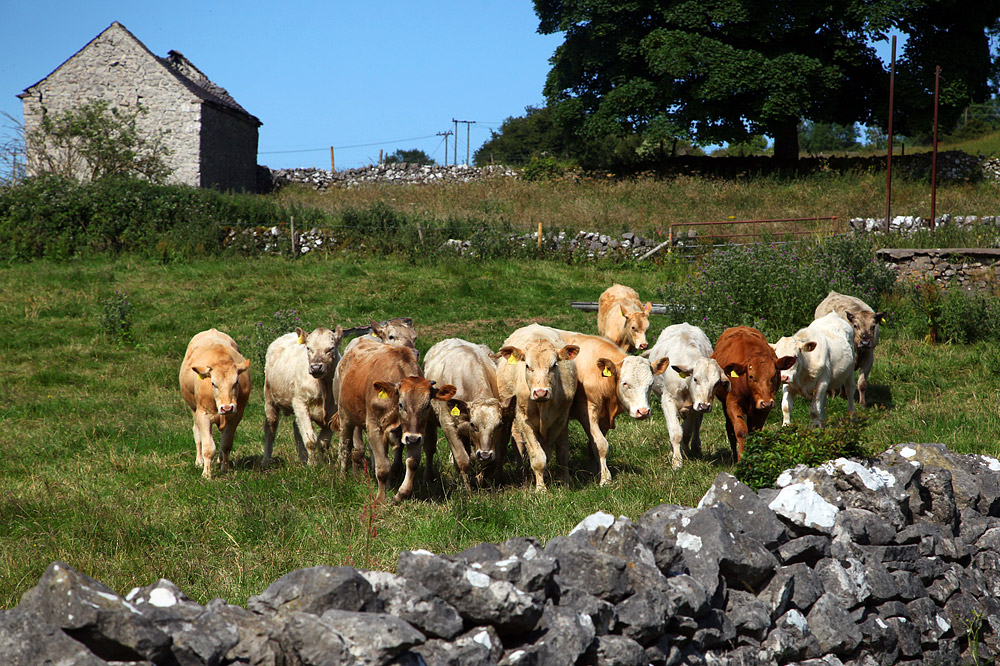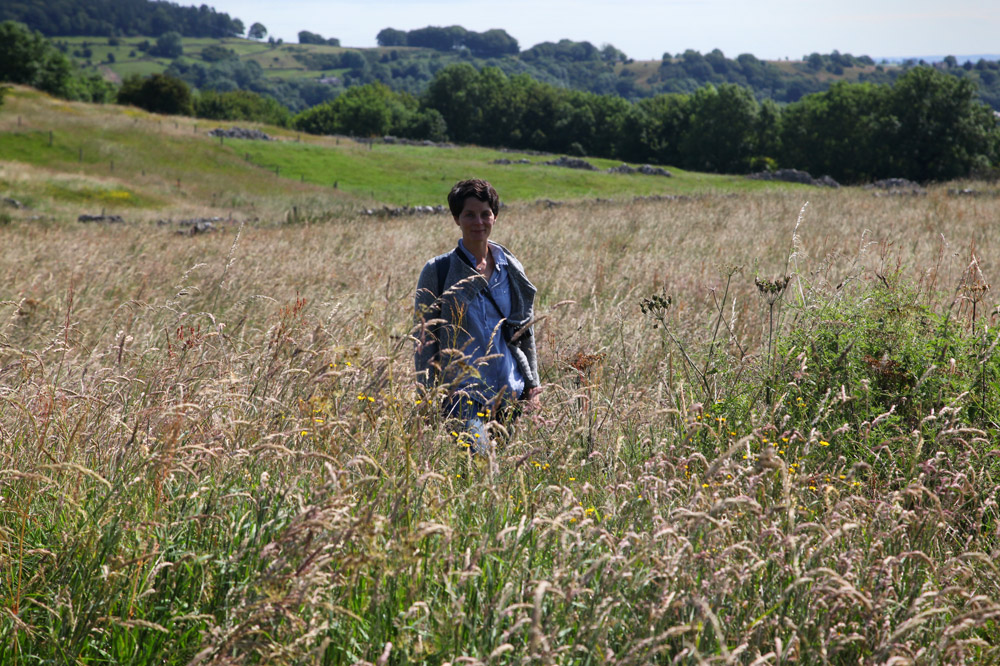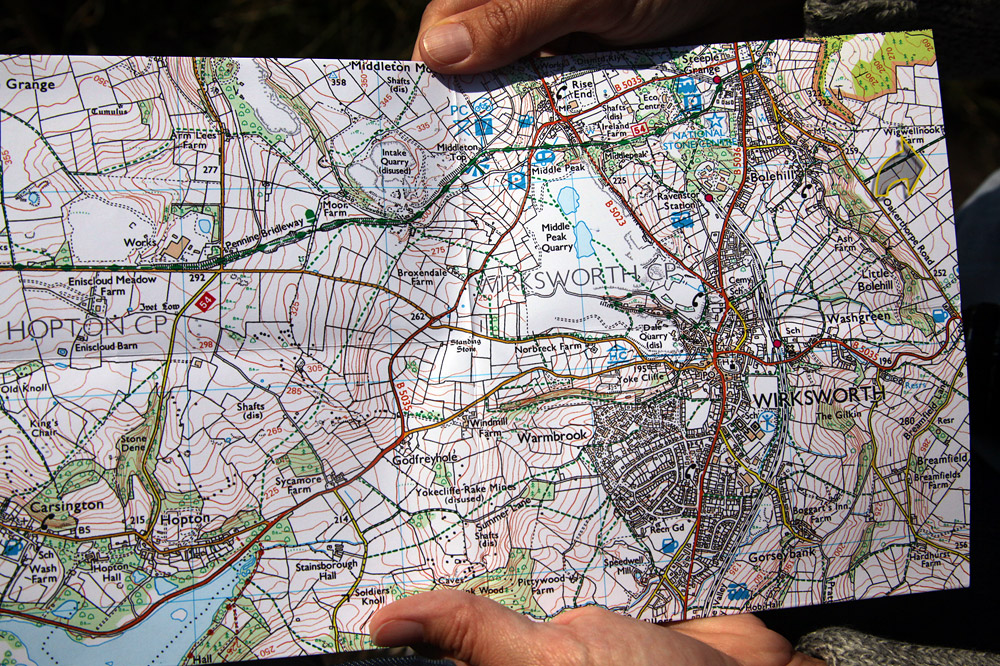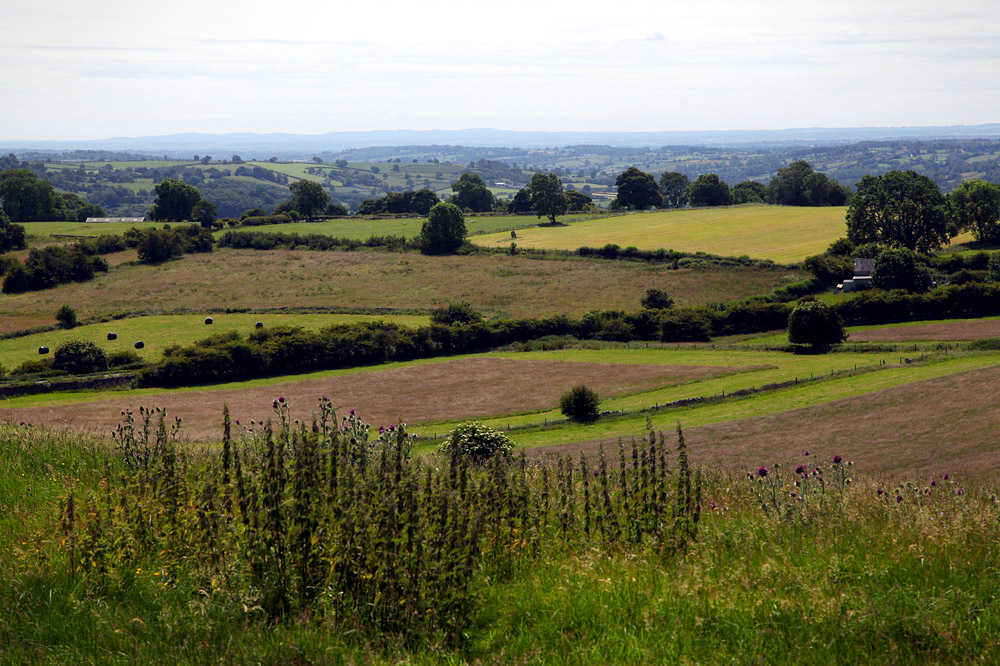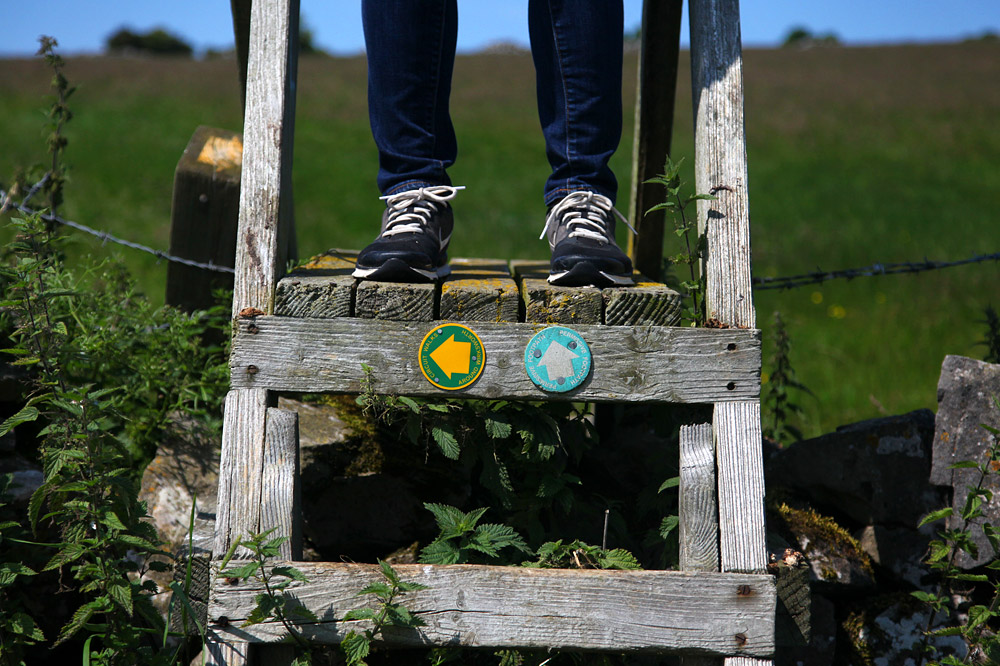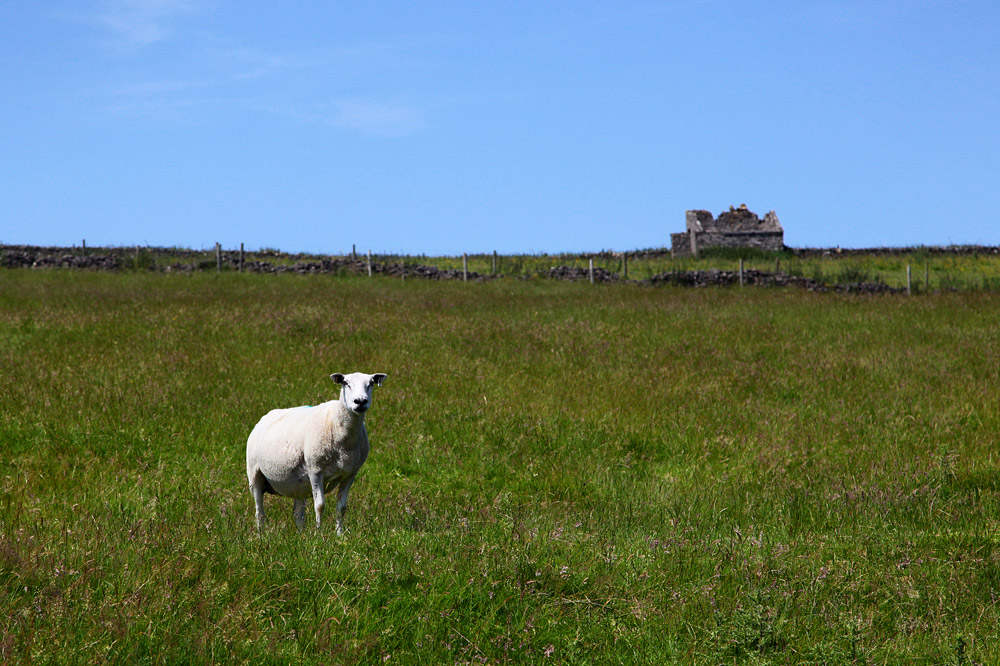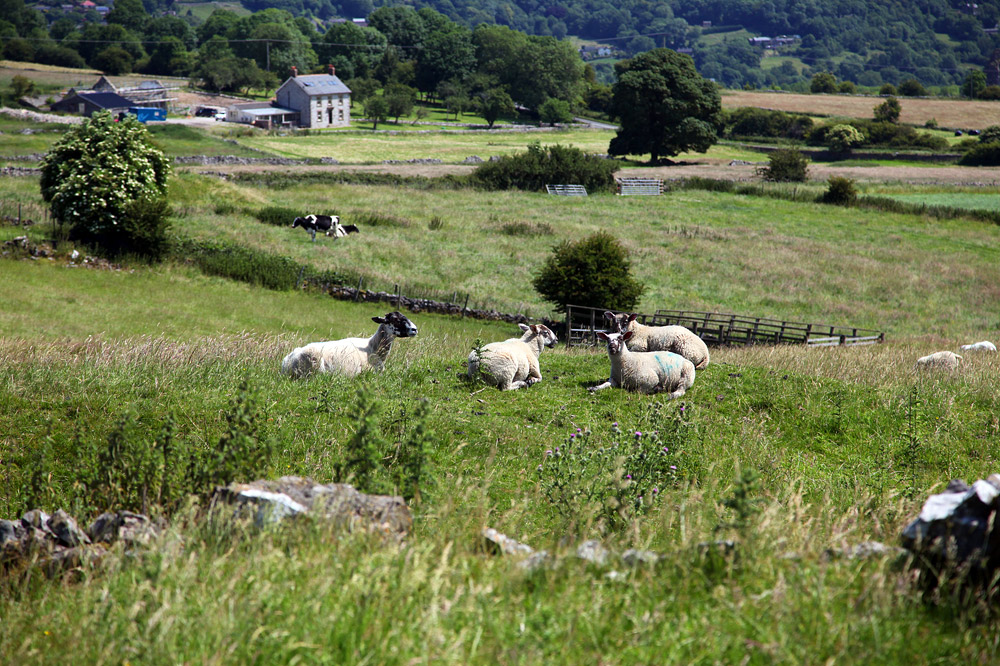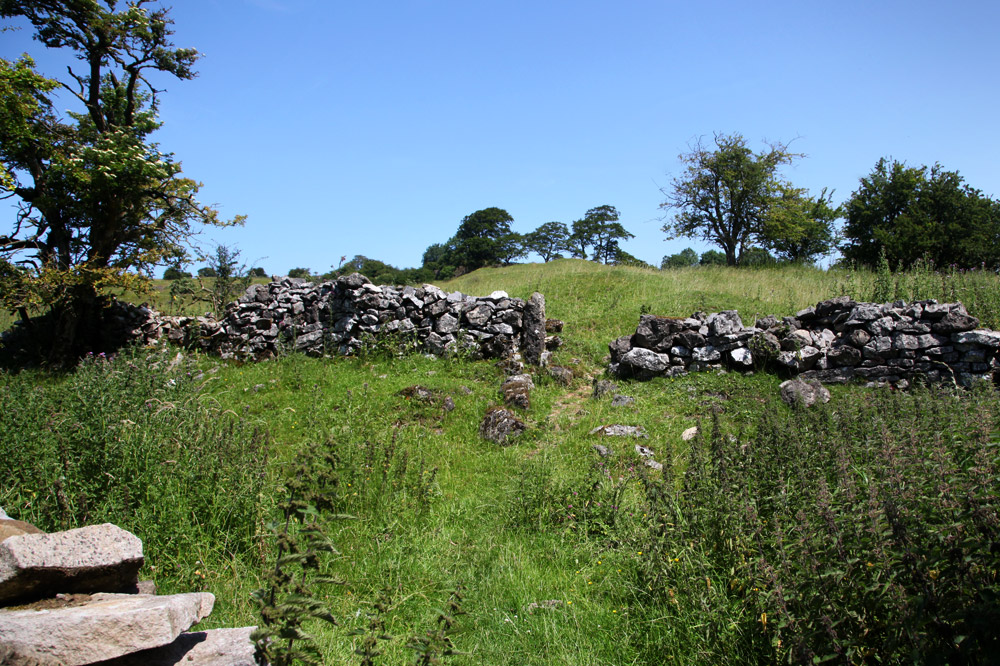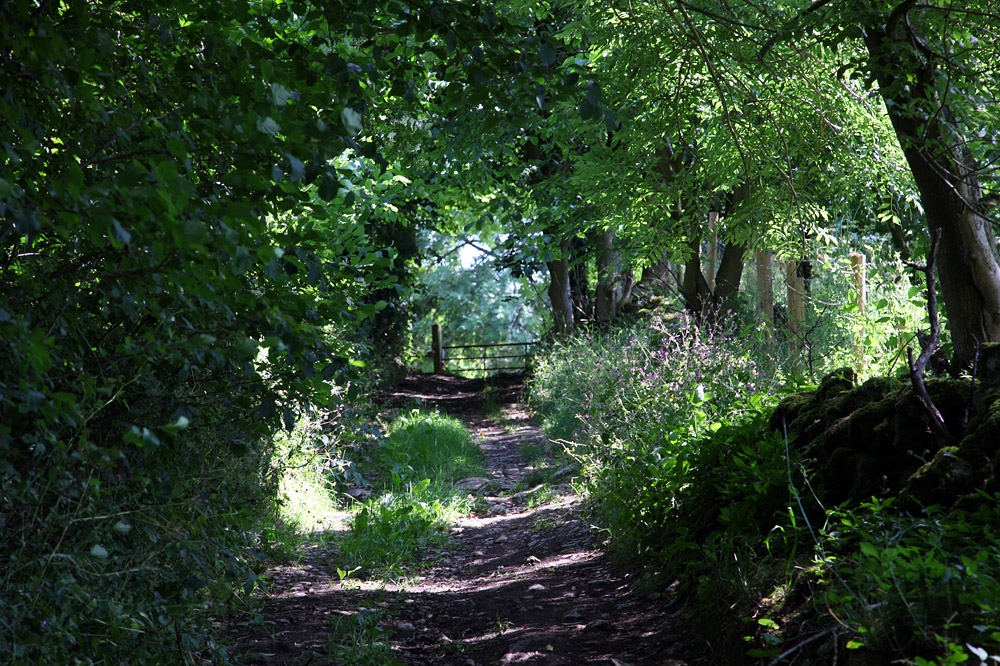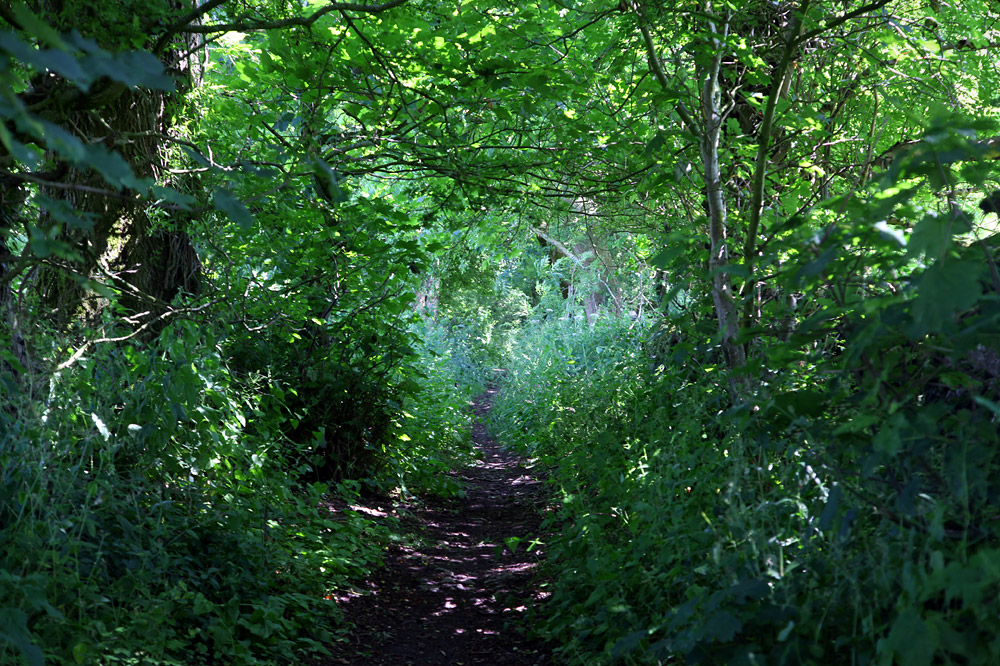Gone Country: Kimbolton and Wirksworth, England
Friday morning, we left the plague-infested slums of London via a direct train to Cambridge.
A 7£ taxi brought us from the station to the car rental office, and we acquired a standard transmission, two-door Vauxhall Corsa with griffin emblem.
“What’s all this, then?” I muttered as I climbed into the driver’s seat on the right side and cupped the shifter with my left hand.
The dame was amused.
“‘Tis a most peculiar sensation,” I admitted after turn right into the left lane of the main road from the left side of the exit.
We passed through a few traffic circles and found a parking garage near the Cambridge campus.
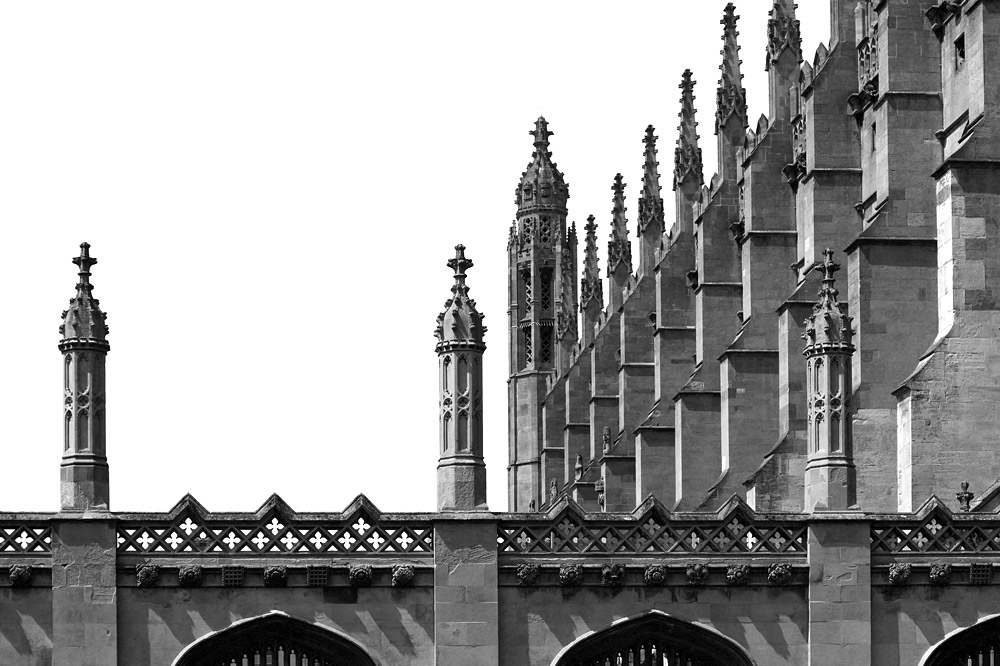
Such a cheap looking campus.
What we expected to be a quiet and sophisticated area of higher education and history felt more like a tourist zoo.
The old area was full of chain stores, bad-looking restaurants, and trinket shops. It was crowded with tourists, including loud Chinese families dragging around their kids and planning their futures. Every block, we were asked twice if we wanted to go punting in one of the numerous boats waiting on the river.
Understandably, all of the campus buildings were closed to tourists, except for those with historical buildings and steep entrance fees.
After I dropped an entire 2.20£ cup of coffee on the floor, I dried off my pants, and we went on short loop around the area. Cambridge was jinxed from the beginning, and we left after only walking around for an hour.
Milk noir.
Scrape lines.
Stupid punters.
Back yard.
The scenery quickly became rural after leaving the town. The landscape was green with pastures and tree tunnels, the rolling fields of sheep and cows were separated by rustic stone walls. Little villages of old stone houses and tall church spires were everywhere.
Country roads had a dividing line, but it was largely ornamental. The roads were narrow with either a rock wall or trees instead of a shoulder. Oncoming vehicles made we worry about mirrors getting clipped, especially on the blind turns where the oncoming drivers liked to cross the line.
In the villages, people parked their cars ON THE ROAD. This basically reduced the width of the road to 1.5 lanes wide, unless cars were parked on the other side too. Village driving meant getting even closer to oncoming traffic—if room permitted—or yielding. I felt bad for the delivery truck drivers.
After a stressful hour on the road, we arrived in Kimbolton.
In the distance, across the wheat fields, I spotted a neat little structure.
Our perfect house.
“Is that where we’re staying?” I asked.
“Right oh, you wanker.” J replied with a mouthful of fried fish, chips, blood sausage, baked beans, grilled tomato, and a pint of hard cider.
The contents of her mouth dribbled onto the windowsill of the car, and she wiped it skeptically with her white-gloved finger.
We unlocked a gate and drove down a bumpy road through wheat to get to our stop.
The Warren House was built in the 17th century as a warren lodge, or dwelling for the bloke who managed the rabbits on the estate. It sits on the edge of a slight hill above the village, across from the magnificent Kimbolton Castle.
The building was tastefully remodeled a few years ago and turned into a rental property (140£ a night). The ground floor contained a bathroom, bedroom, and small room for the unused front door. A spiral staircase led upstairs to the living/dining room and kitchen. French doors opened to a small balcony overlooking the wheat fields and village at the bottom of the hill. The whole building was tastefully furnished and well-stocked with cookware.
It was a dream house for J and I: compact and simple, surrounded by nothing but nature with the town still a walk away. We imagined living somewhere similar, and we daydreamed about some of the little changes we’d make.
Inside the second floor.
Happy couple.
Night falls.
Saturday, we walked on the public paths through the wheat fields. We saw numerous animal paths into the woods, but no animals. We stopped at a pond, then walked into the village for a filling lunch at a pub.
Corn.
Animals live in these woods, I just know it.
Animal evidence.
Dirt path.
Puff.
Taking a shortcut through the woods.
Hidden pond.
Bird watching.
Cutting through wheat on a walk to town.
Looking back at the house.
Path markers.
Wood framed and old.
Courtyard.
Zephyr.
Chipped.
Inside the church.
Custom cushions made by the congregation.
Watering from above.
Sunday morning was drizzly, which put a damper on the fair being held at the castle. During a break in the rain, we walked into town for a Sunday roast. It started raining again, so we ran home in the mud through the wheat. We were soaked.
Ploughman’s platter.
One tree hill.
Wind meter.
Hat trick.
Power lines.
Hole.
Sunday roast during the rain.
For the rest of the day, we sat inside. J read while I worked on blog posts and played The Legend of Zelda: A Link to the Past via SNES emulation.
–
Monday morning in the rain, we drove down more country roads and motorways to the town of Wirksworth.
We were early to check in, so we scoped out the parking situation and stopped for scones and tea. We moved our car and jammed it into a free spot on a narrow street up the hill.
The church.
Duh.
Old lentil.
Church graves.
Building backside.
Country houses.
Corner.
Citroens.
One of the numerous narrow country roads we had to drive on.
White horse, small size.
Stone and flower wall.
Houses on a steep, narrow street.
Our AirBnB was a tiny out building (probably a brew room) behind one of the oldest homes in town. Our room had a small sitting and kitchen area with a door to the bathroom; the bed was on the loft above.
It was a cramped space, but romantic. Our door opened to to a courtyard and large backyard garden. There was barely any wifi signal. We were next to the main road through town.
We had dinner at a friendly French restaurant across the street, then strolled up a looping road to get a view of the big quarry nearby.
For dessert, we ate rhubarb yogurt.
–
Tuesday, we bought an egg sandwich and a cheese sandwich from a friendly lady in a local bakery.
Not content to end the day there, we drove through some beautiful Peak District scenery to hike the Monsal Trail.
We parked in the paid lot behind the pub at Monsal Head (5.50£ for all day), descended the wooded path to the man path and began our walk.
The trail follows a section of the former Manchester, Buxton, Matlock and Midlands Junction Railway, built by the Midland Railway in 1863 to link Manchester with London. The line was closed in 1968. The whole length is about 8.5mi/13.7km and follows the valley of the River Wye.
J and I enjoyed the high view over the river valley, the lush greenery, and the dark tunnels. We took a few detours, then stopped for coffee and snacks at the old station at Millers Dale. The man at the snack van was quite the comedian.
View from our trailhead.
A bridge.
One of many tunnels.
Old mill from afar.
Tunnel interior.
Old factory.
Black slug.
Overpass.
The descent to an old mill.
Fish gate.
A relaxing bench along the river.
Empty.
Dueling grassy bridges.
No one told this man the station closed decades ago.
We retuned along the muddy, riverside path from Litton Mill. It was virtually empty. We enjoyed the close view of waterfowl, rainbow trout, and the plants along the clear water. The trail was flanked with ferns, nettle, wild rhubarb, and flowers.
At Cressbrook Mill, we reconnected with the main path and returned to our starting point. Total walking distance was around ten miles.
Our path along the river.
Get my gun, Coral.
High sheep.
Swan valley.
Happy chappy.
We had a pint of cider and stout with fries and a salad for a snack. The pub atmosphere was quiet and friendly, and we had conversations with the tender and a guest.
We took an alternate route home, parked in the traffic lane of the main road, and tucked ourselves in for the night after eating more rhubarb yogurt.
–
Wednesday morning was sunny. We hiked up the public trails between some old rock quarries, then tried taking a shortcut through fenced farmland.
The thick grass full of nettles and thistles was no fun for my sandaled feet, but we hopped a few fences and made it to a marked road. We stopped at a visitor center for a soda and snack, then began an epic loop home.
We followed an old rail trail, then detoured into rolling pastures full of sheep and cows. The cows could care less, but the sheep chattered and scattered.
Quarry hotline.
Life finds a way.
A row of approaching cows.
J on our detour.
Local map.
Our route is out there somewhere.
People crossing.
Cautious sheep.
Casual sheep.
The path went through many fields and gates until we reached the village of Hopton.
We cut back in the shadowy path between two stone fences and entered Wirksworth’s post-war neighborhood.
A hole in the wall where I can see stinging nettle.
Much needed shade on the return trip.
Overgrown path between rock walls.
Total walking distance was around 9 miles.
The country hike was one of my favorite experiences of the trip. Not only was the scenery beautiful, but I also felt connected by being allowed to wander through private farms on public “trails”. It was okay to get lost, wander with the sheep, ask for directions, or just cut across fences and find our path. This wouldn’t happen back home.
Sun kissed, we supped on wine and beef bourguignon, while discussing our uncertain future. We returned to the sardine can and certainly ate rhubarb yogurt.
–
Thursday morning, we awoke at 2:30AM and walked onto the quiet streets of Wirksworth. The Vauxhall was intact, parked in the middle of a traffic lane per village custom. We drove through the darkness along narrow country roads. As we entered the edge of Manchester, a faint hint of sunrise was on the horizon.
Soon we would flying to an icy land of never setting, summer sun.


